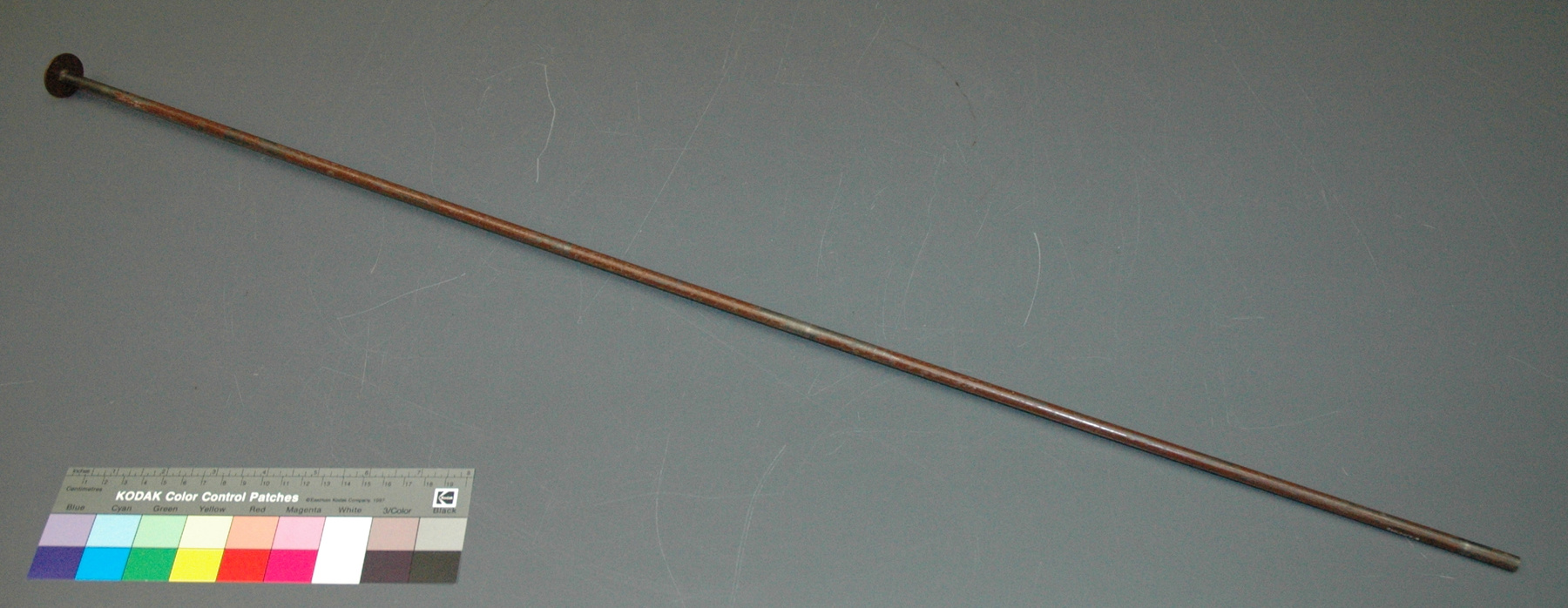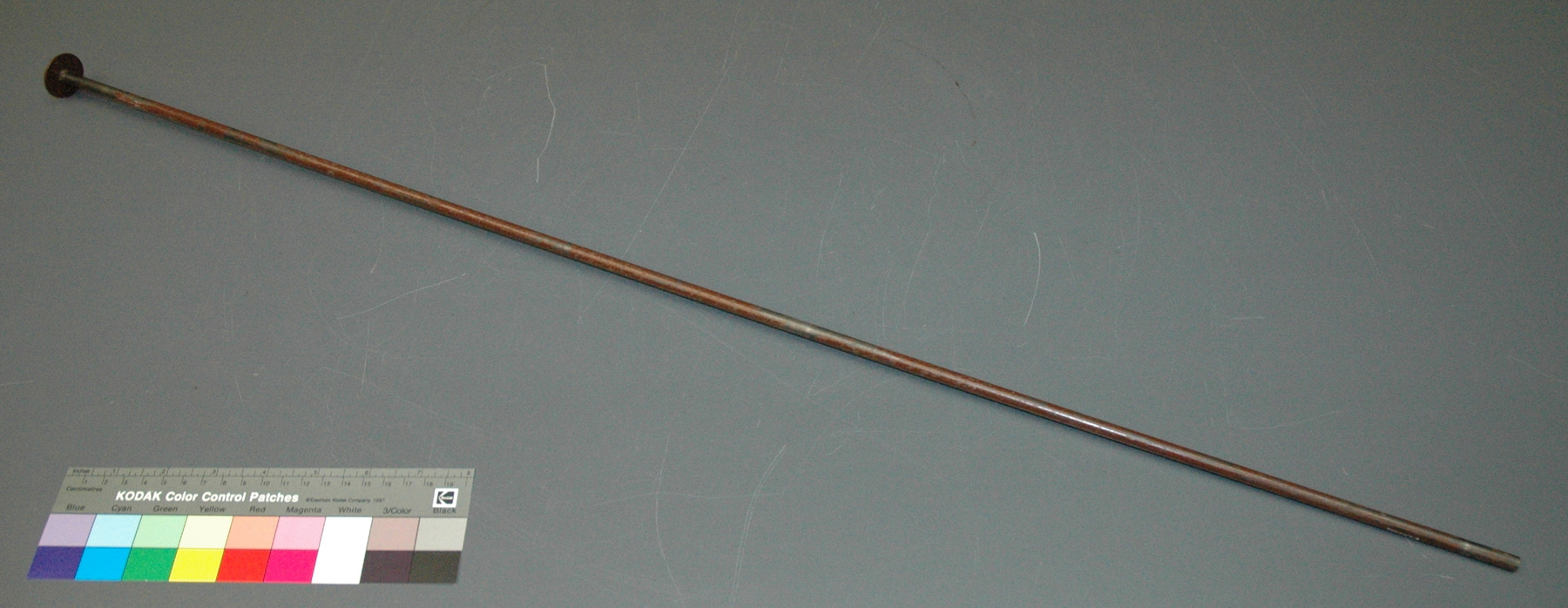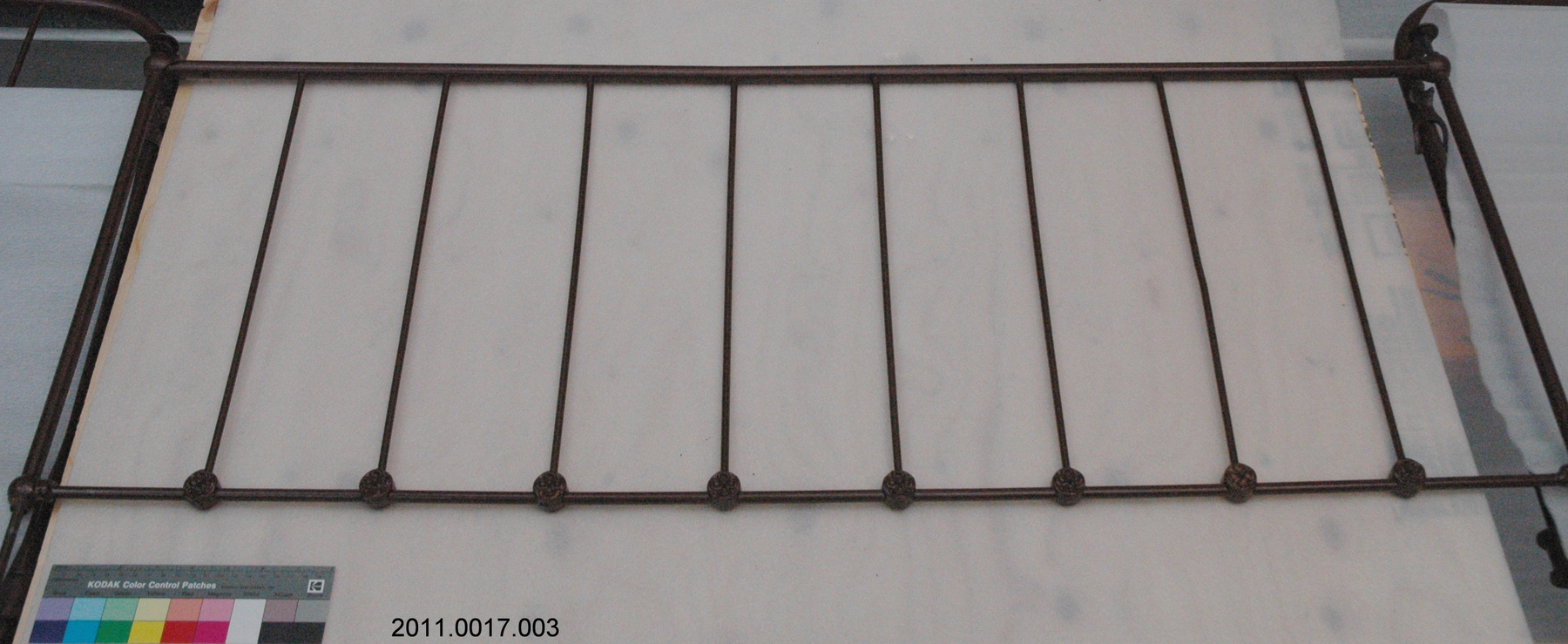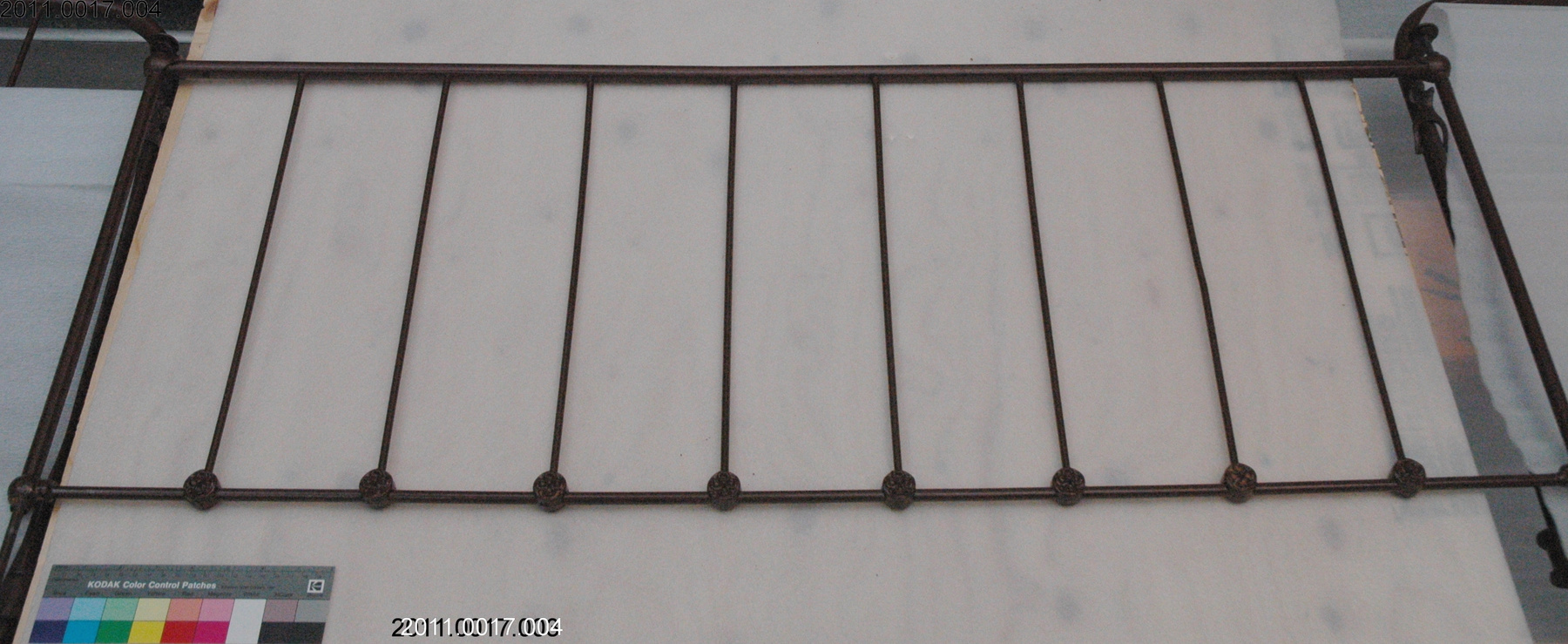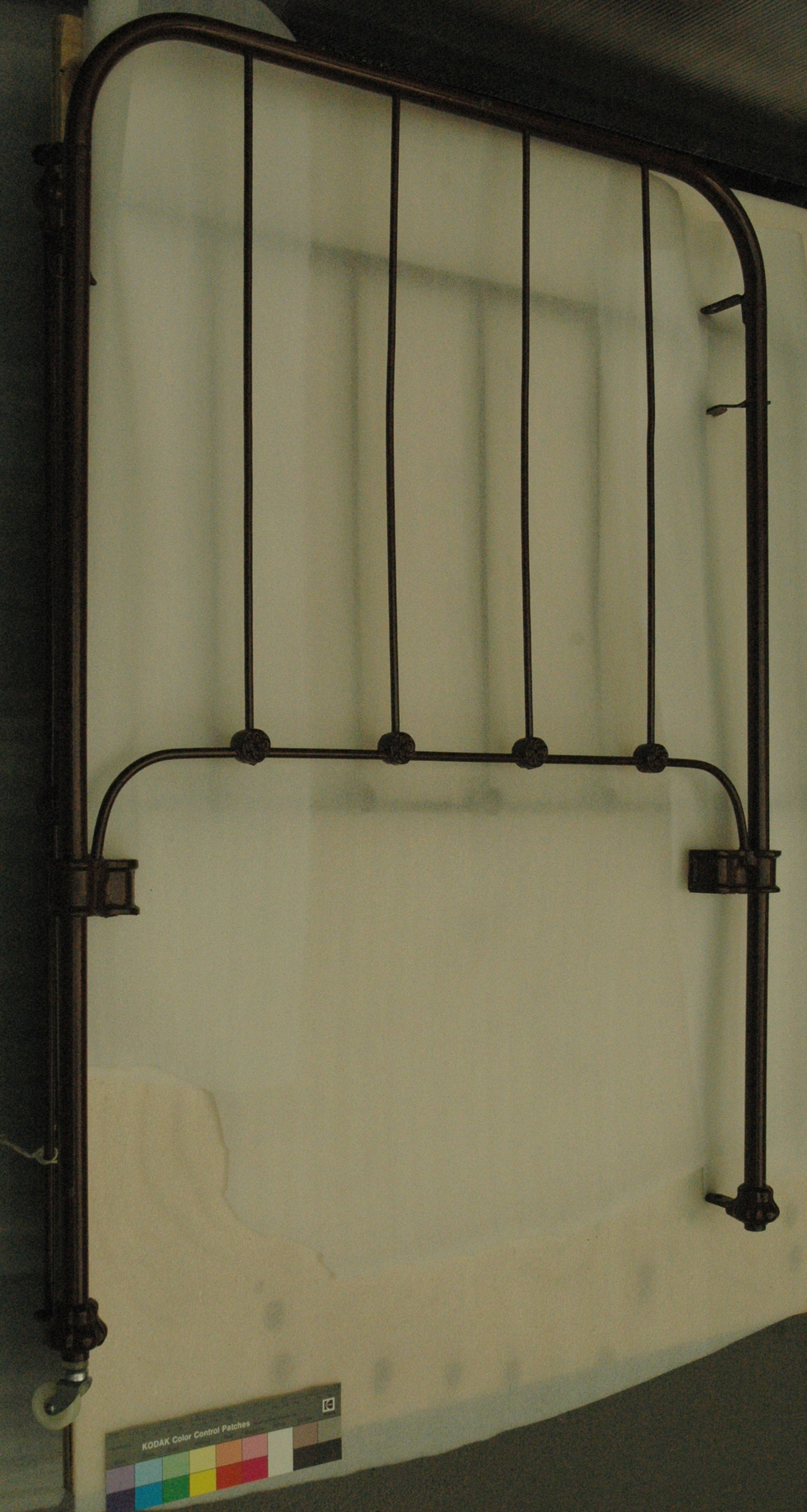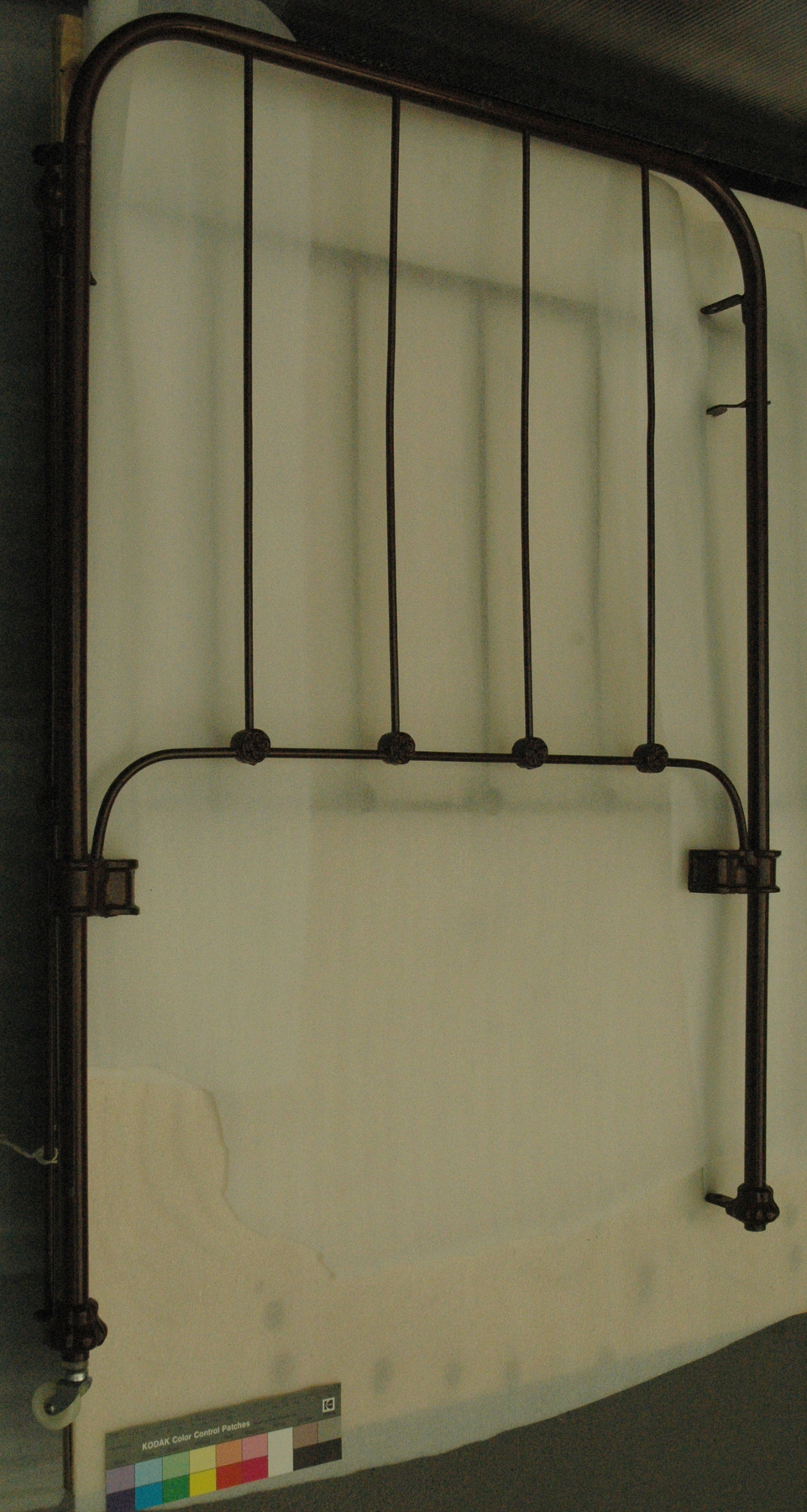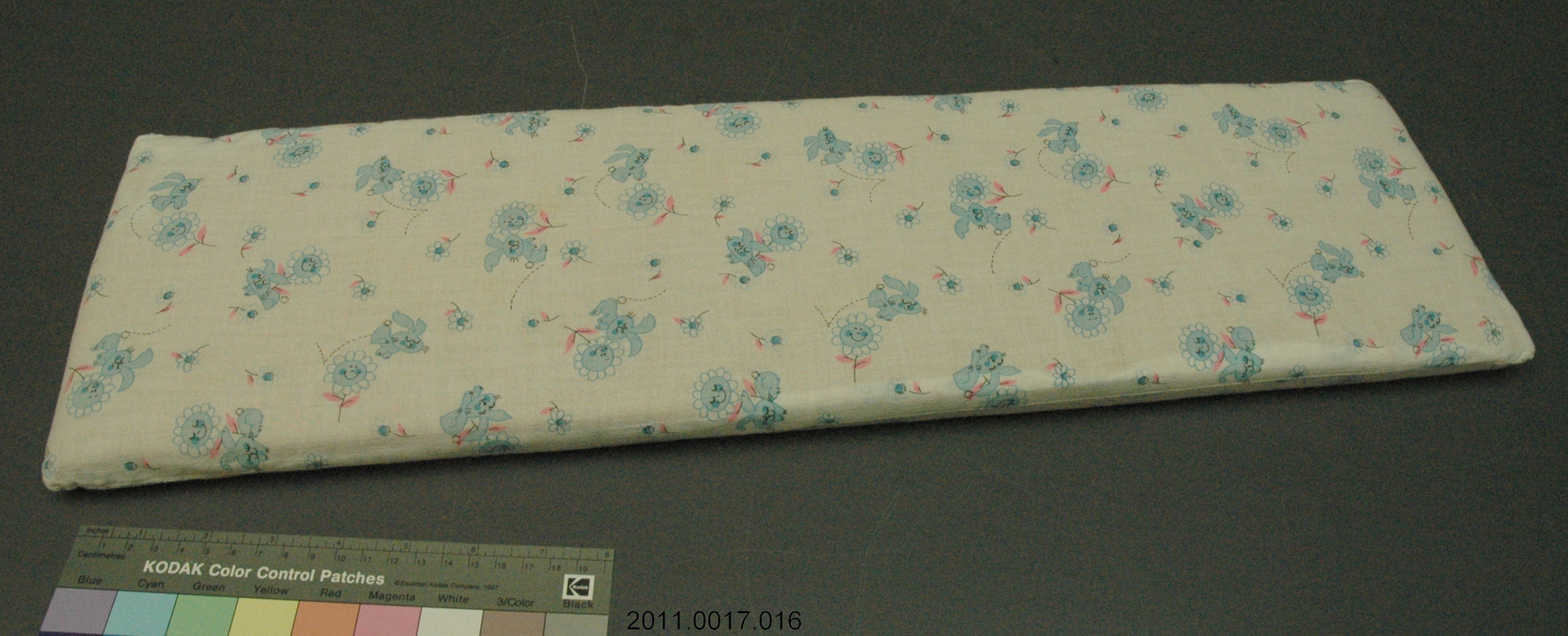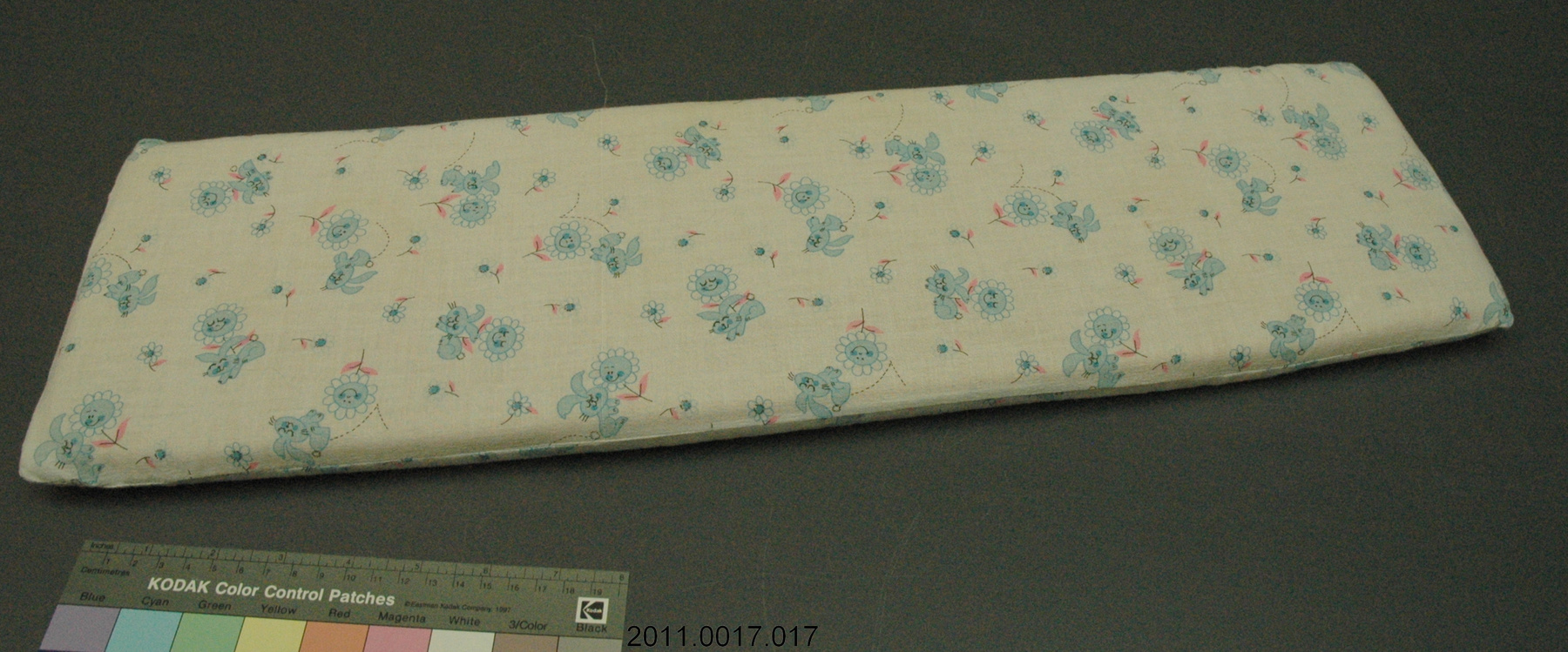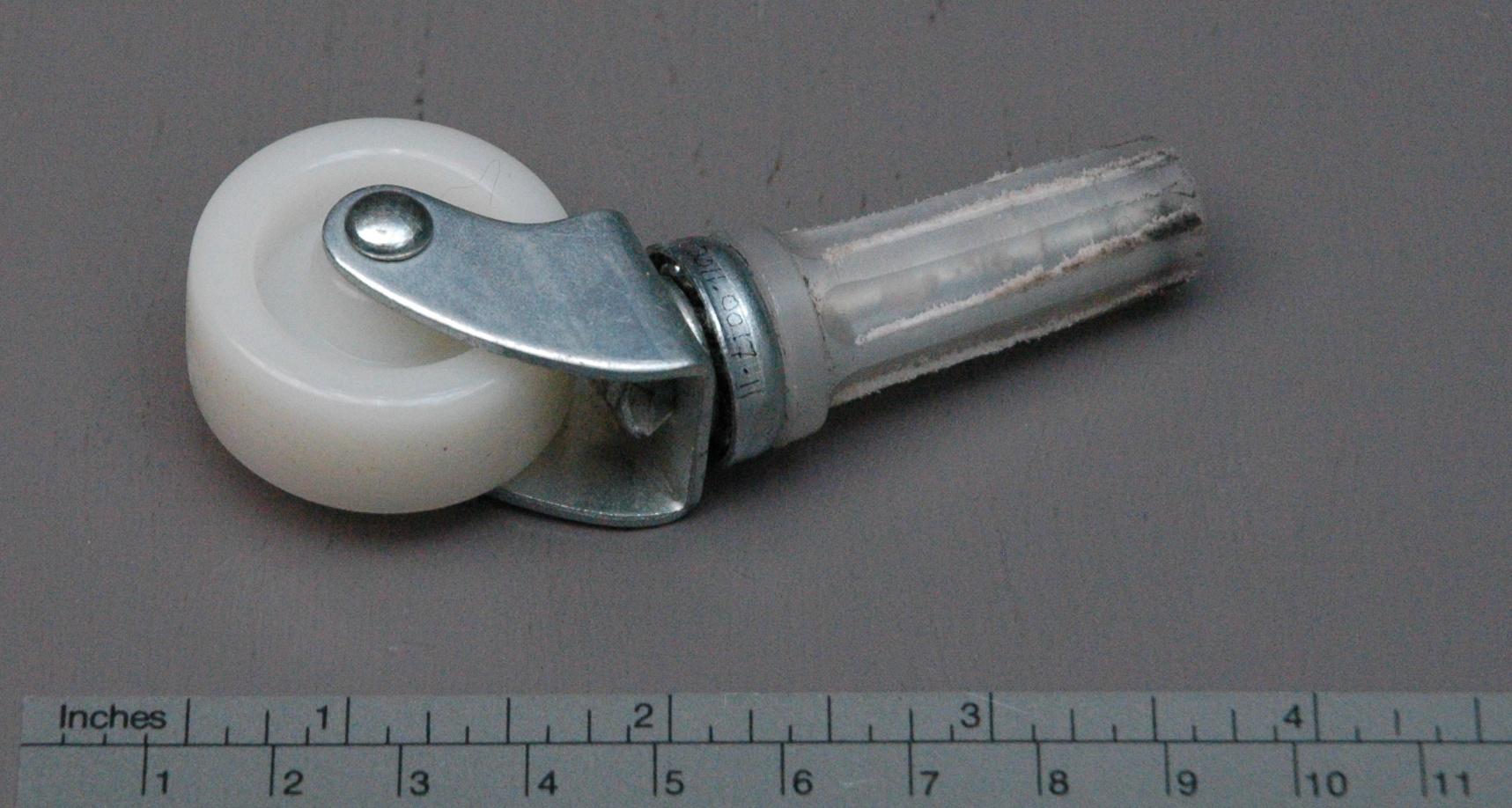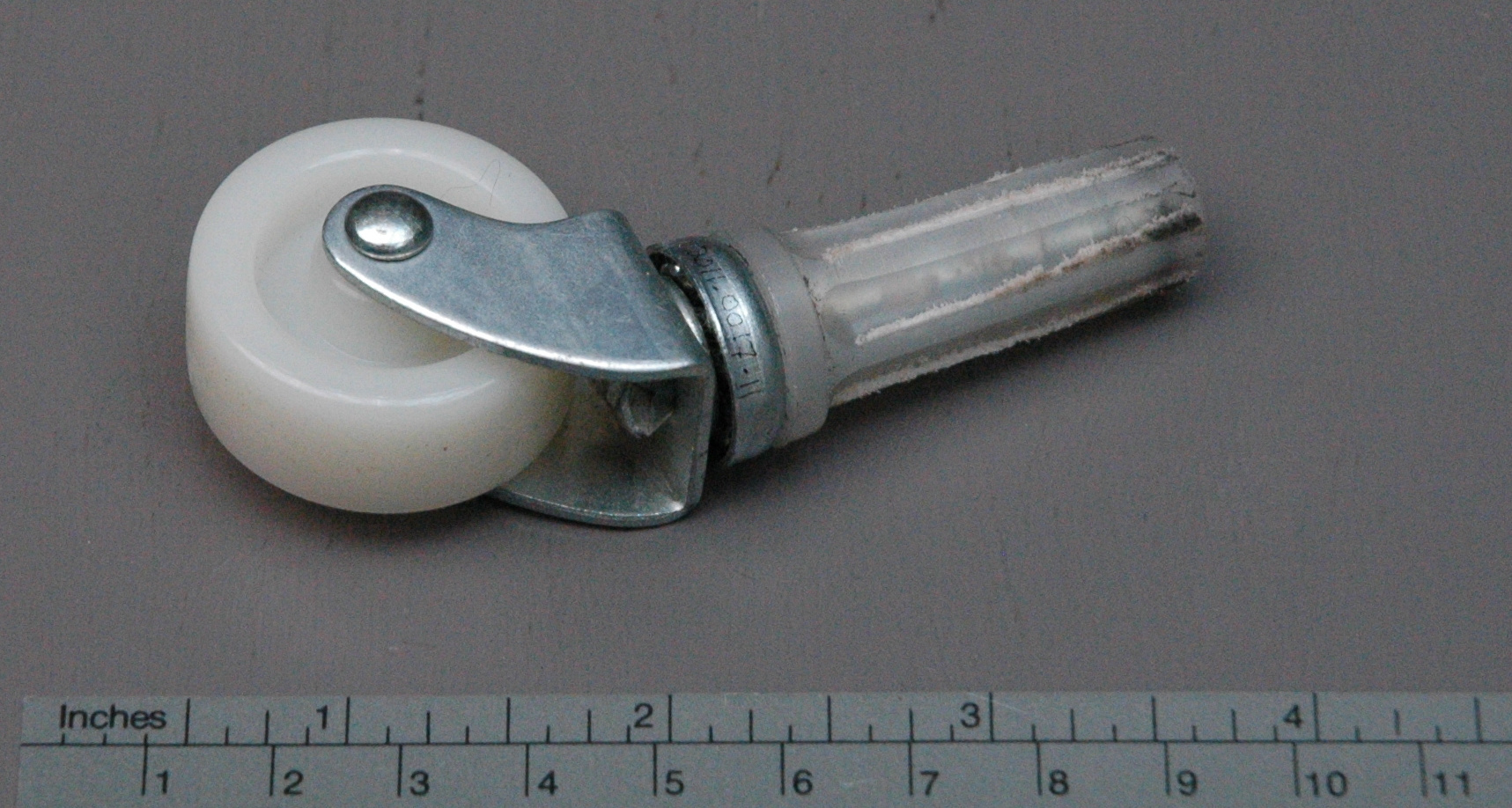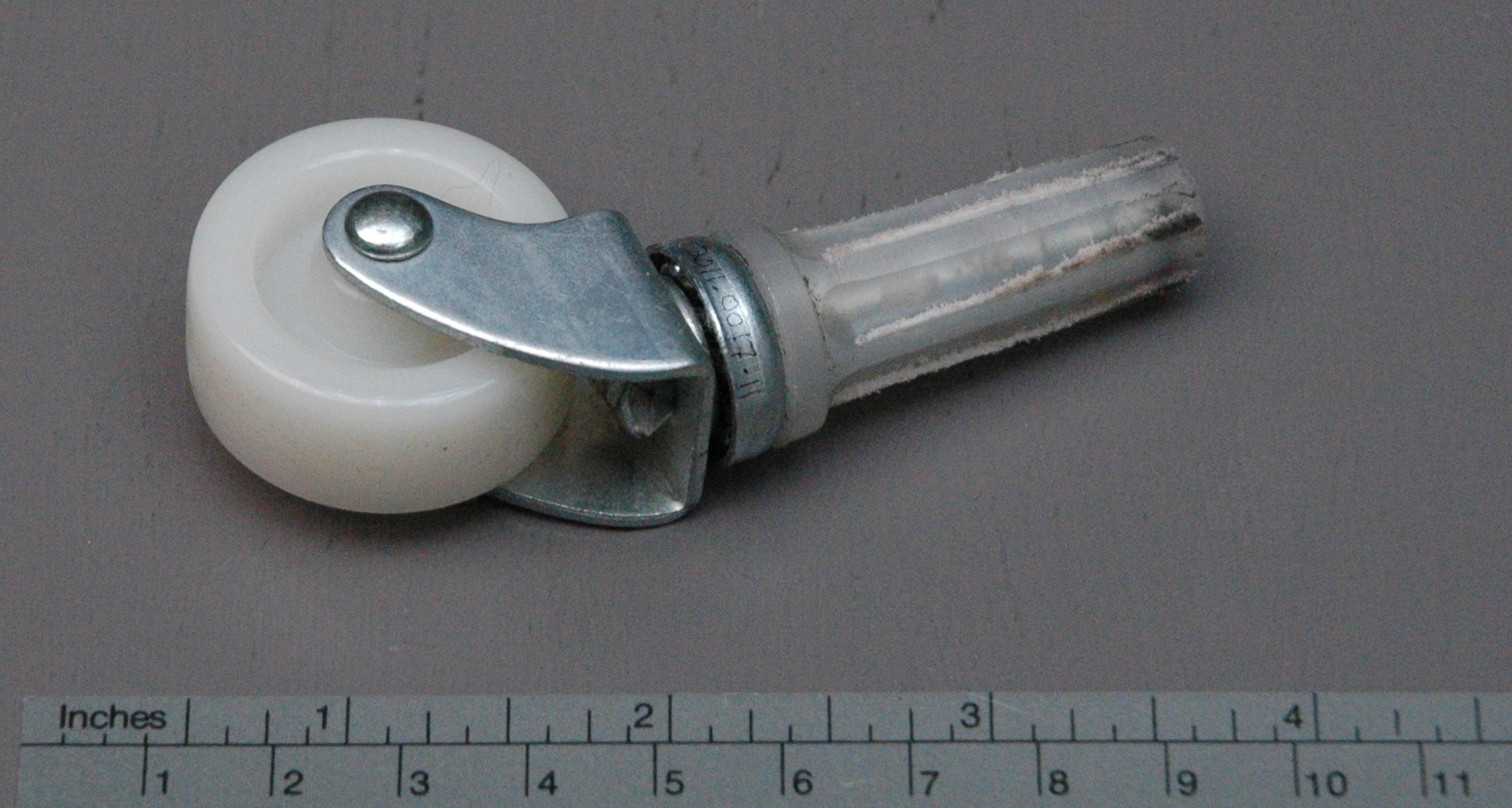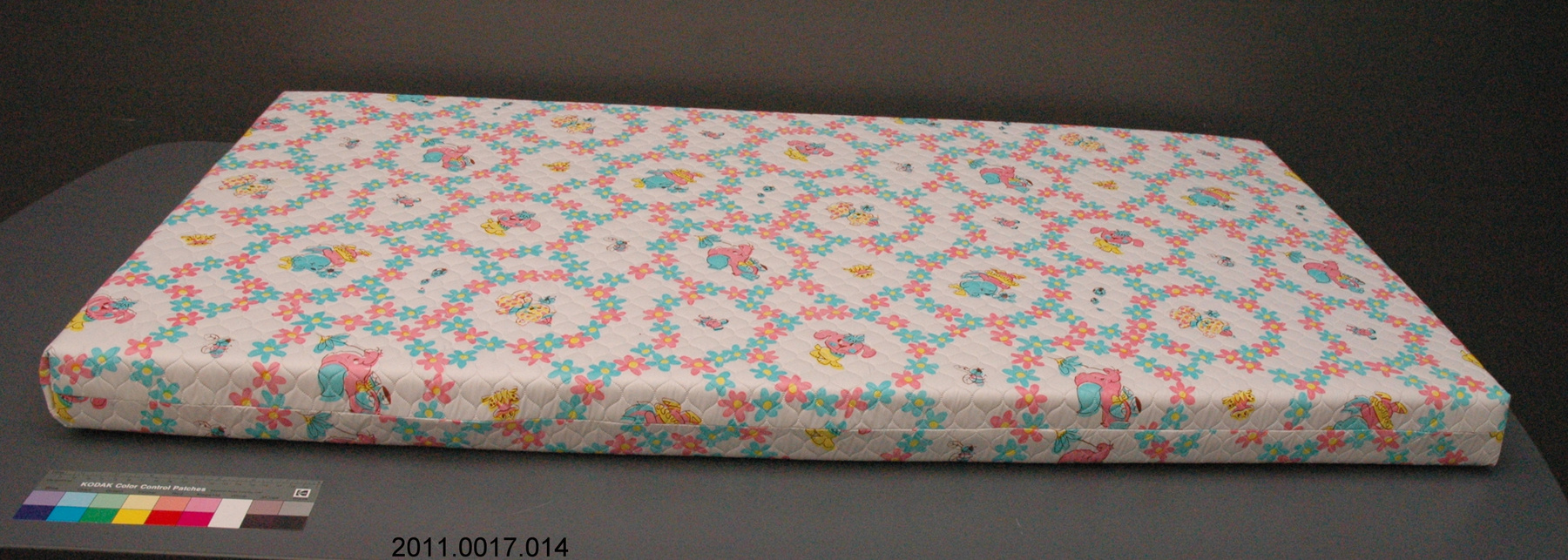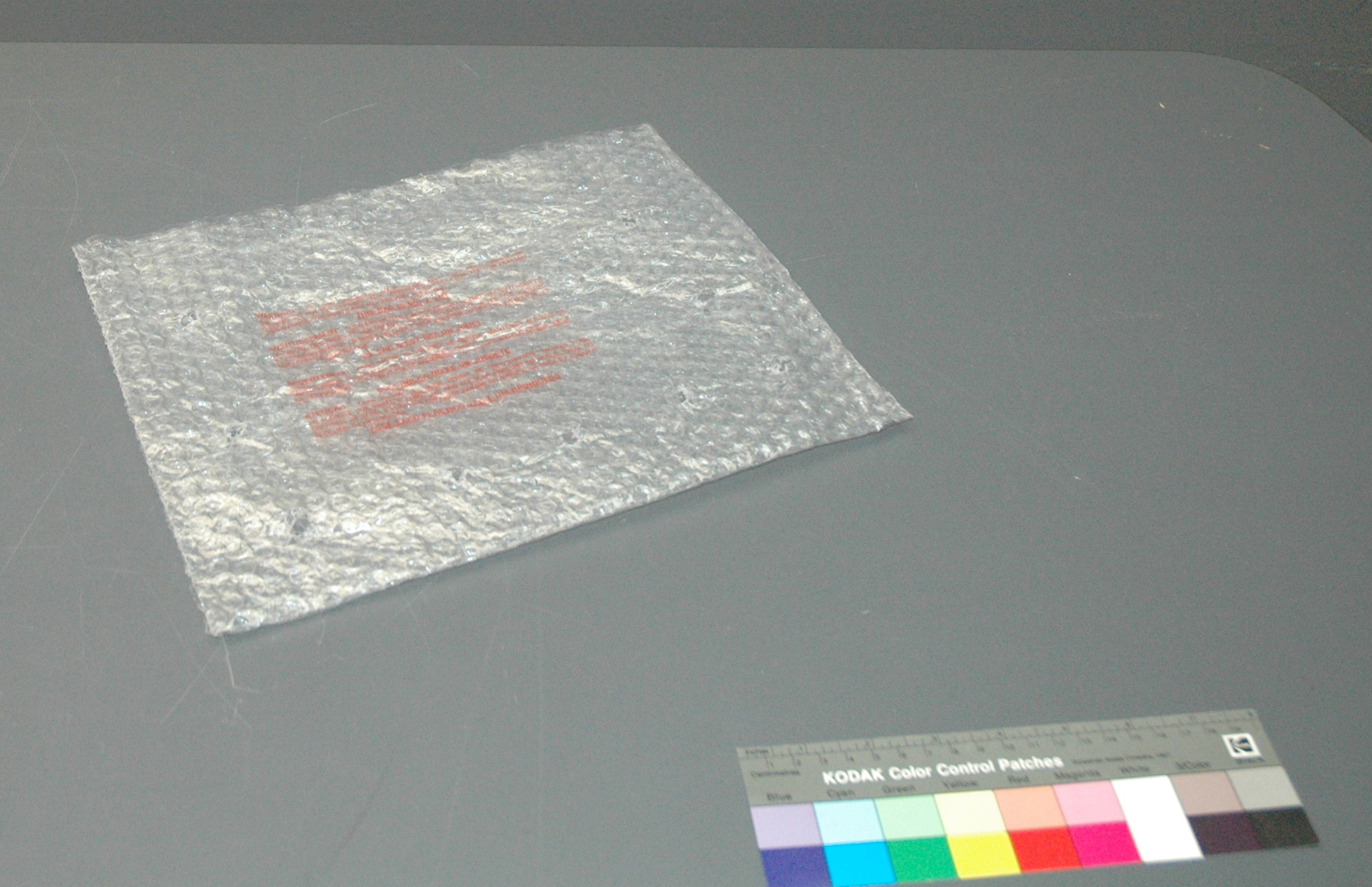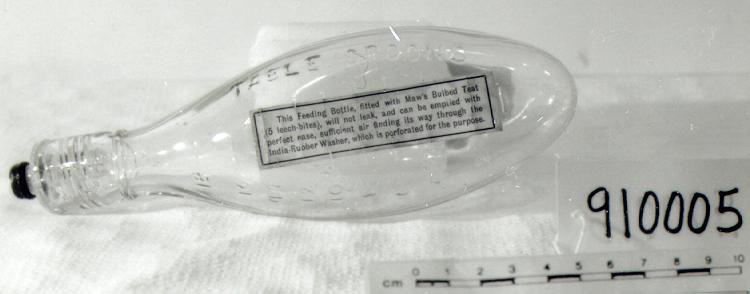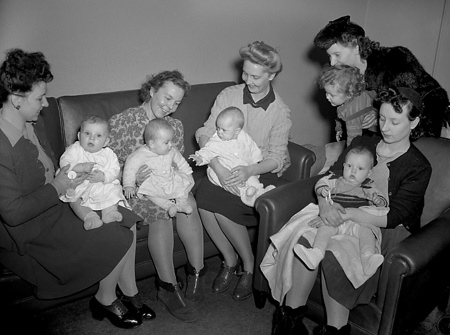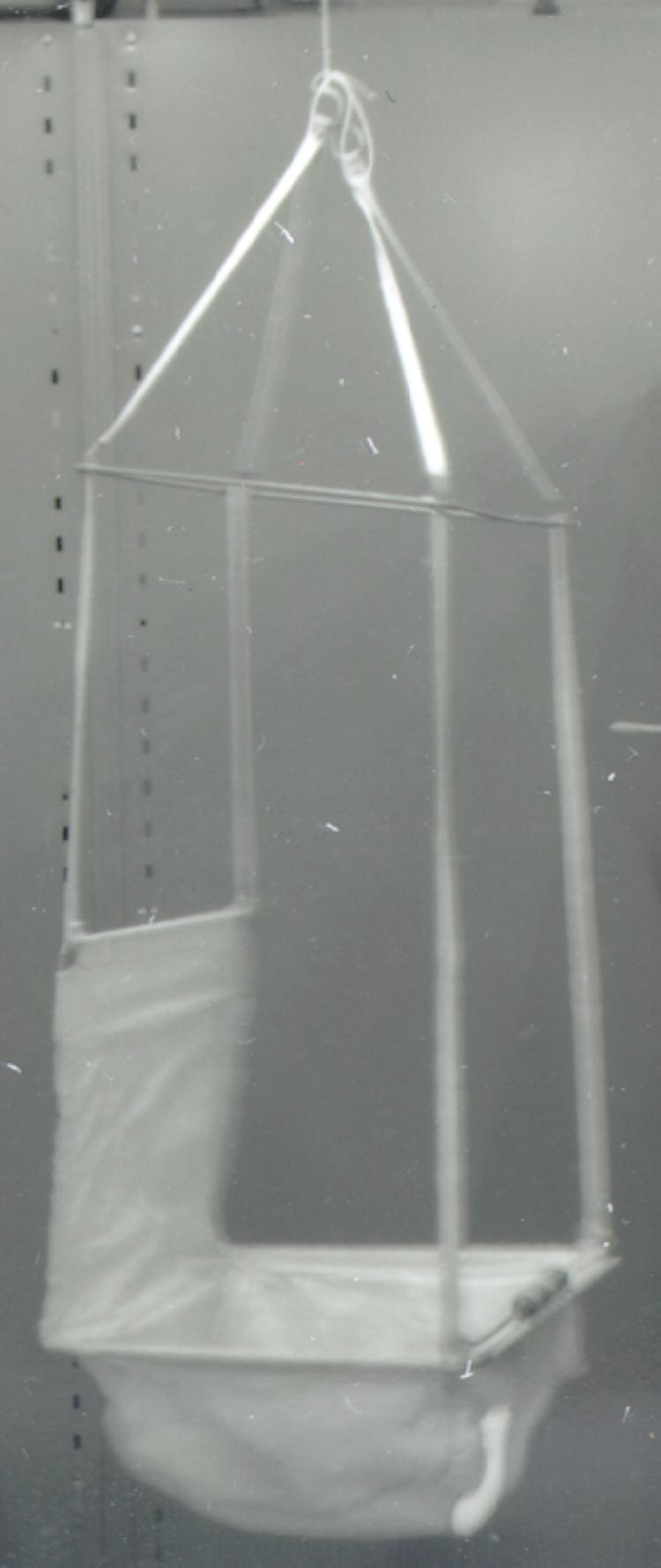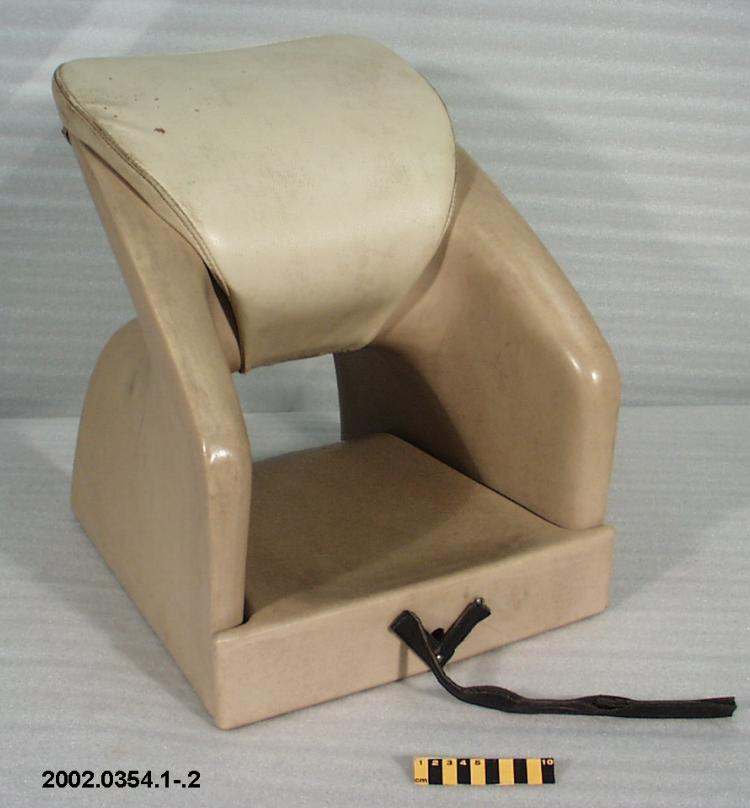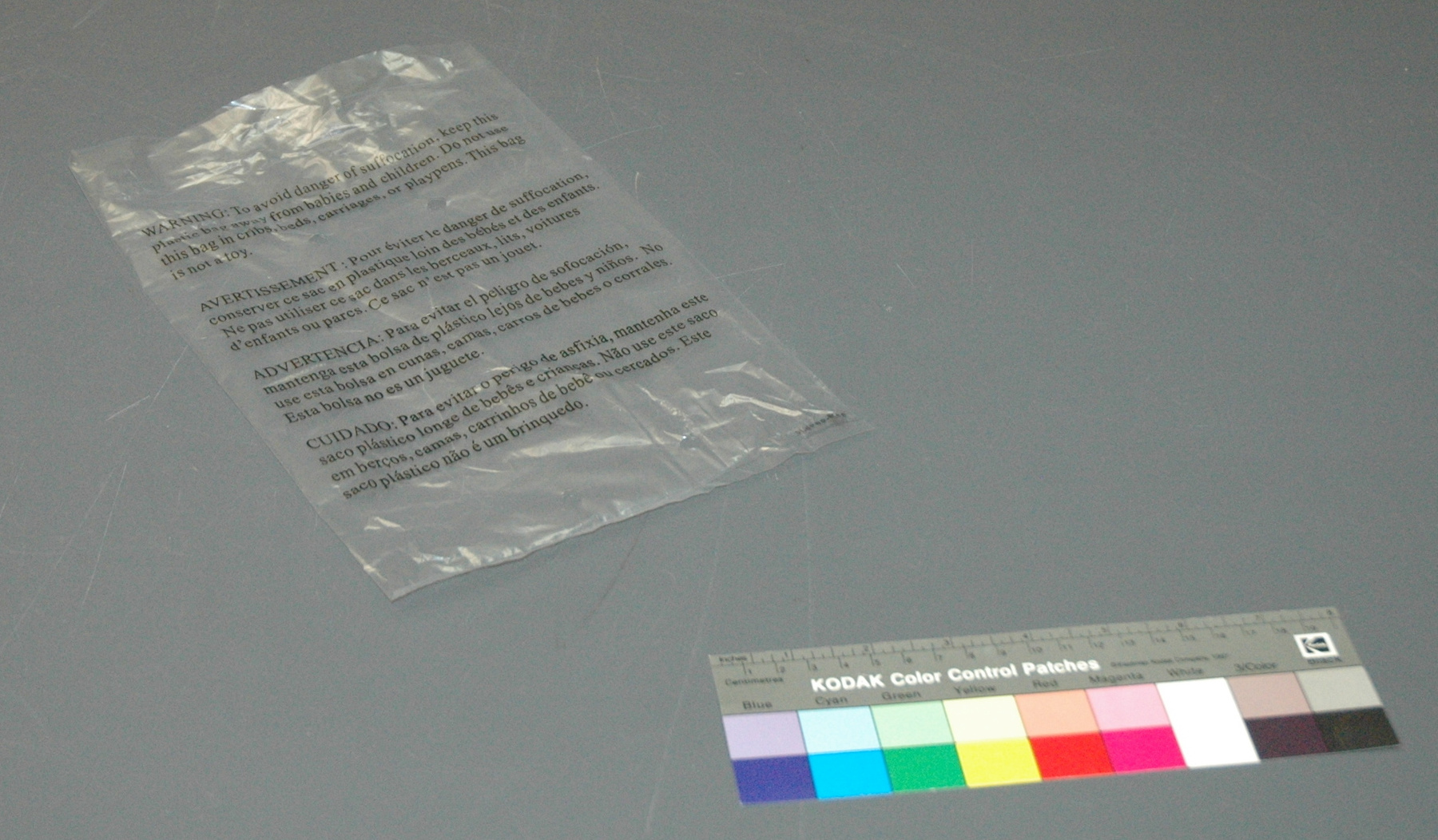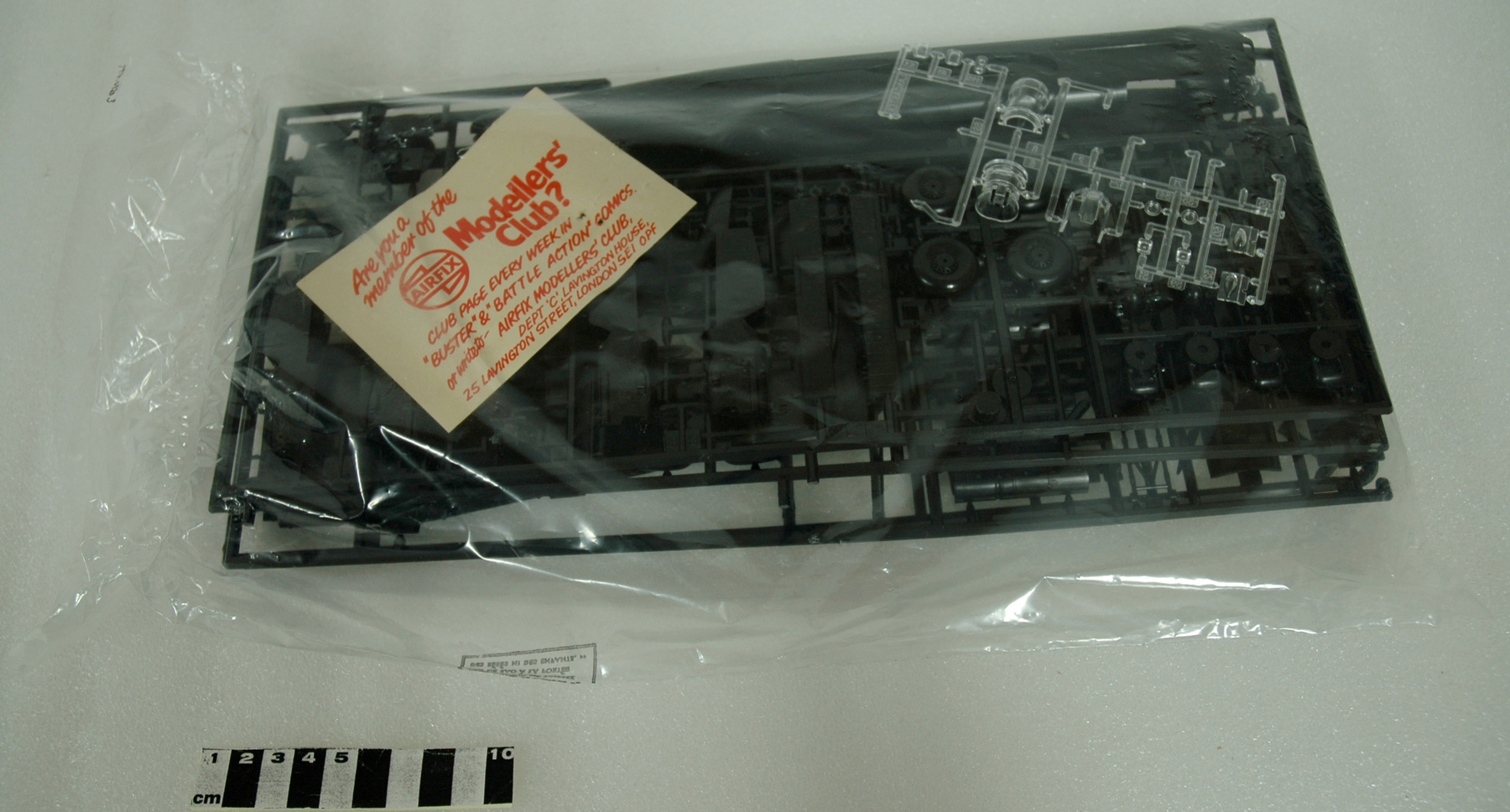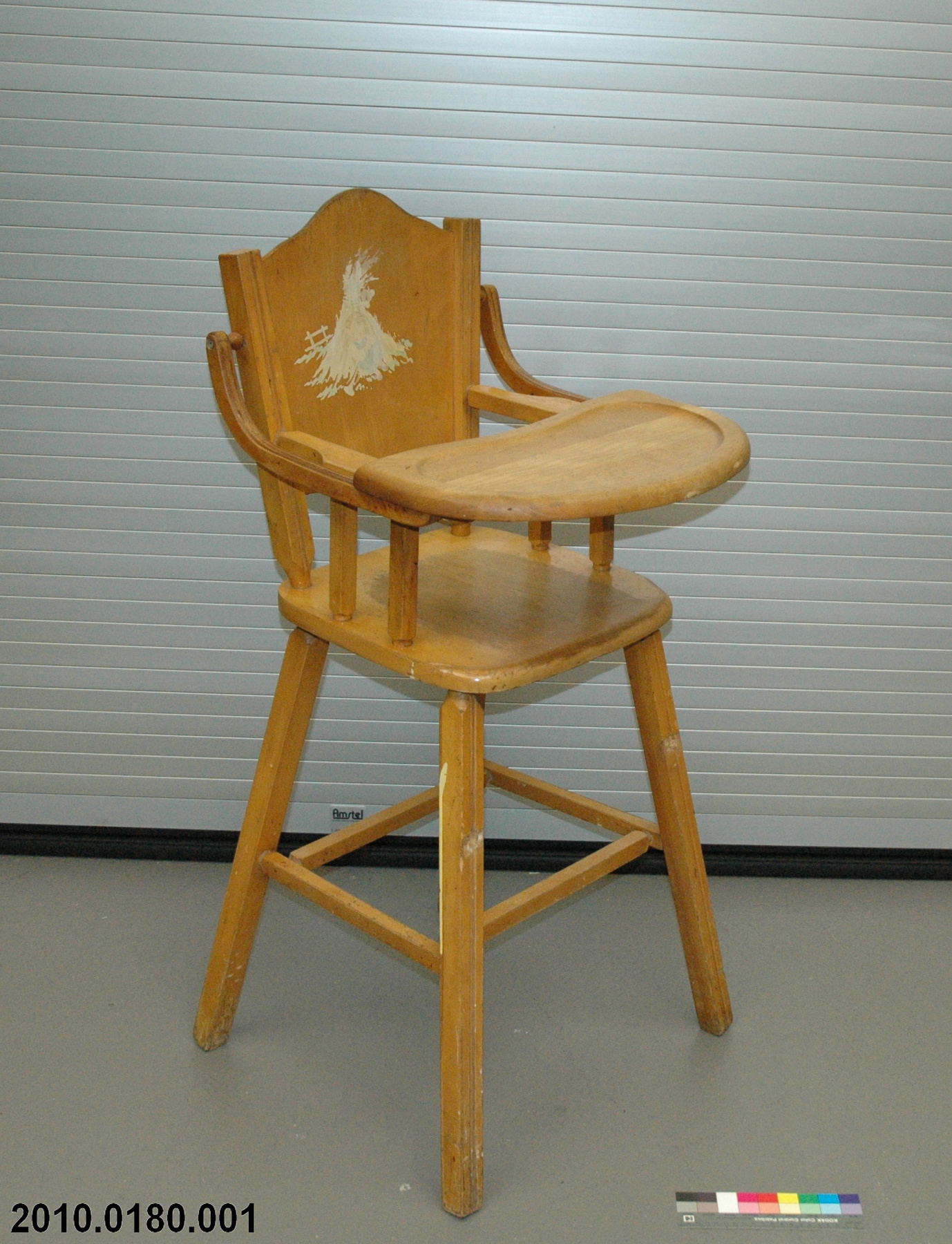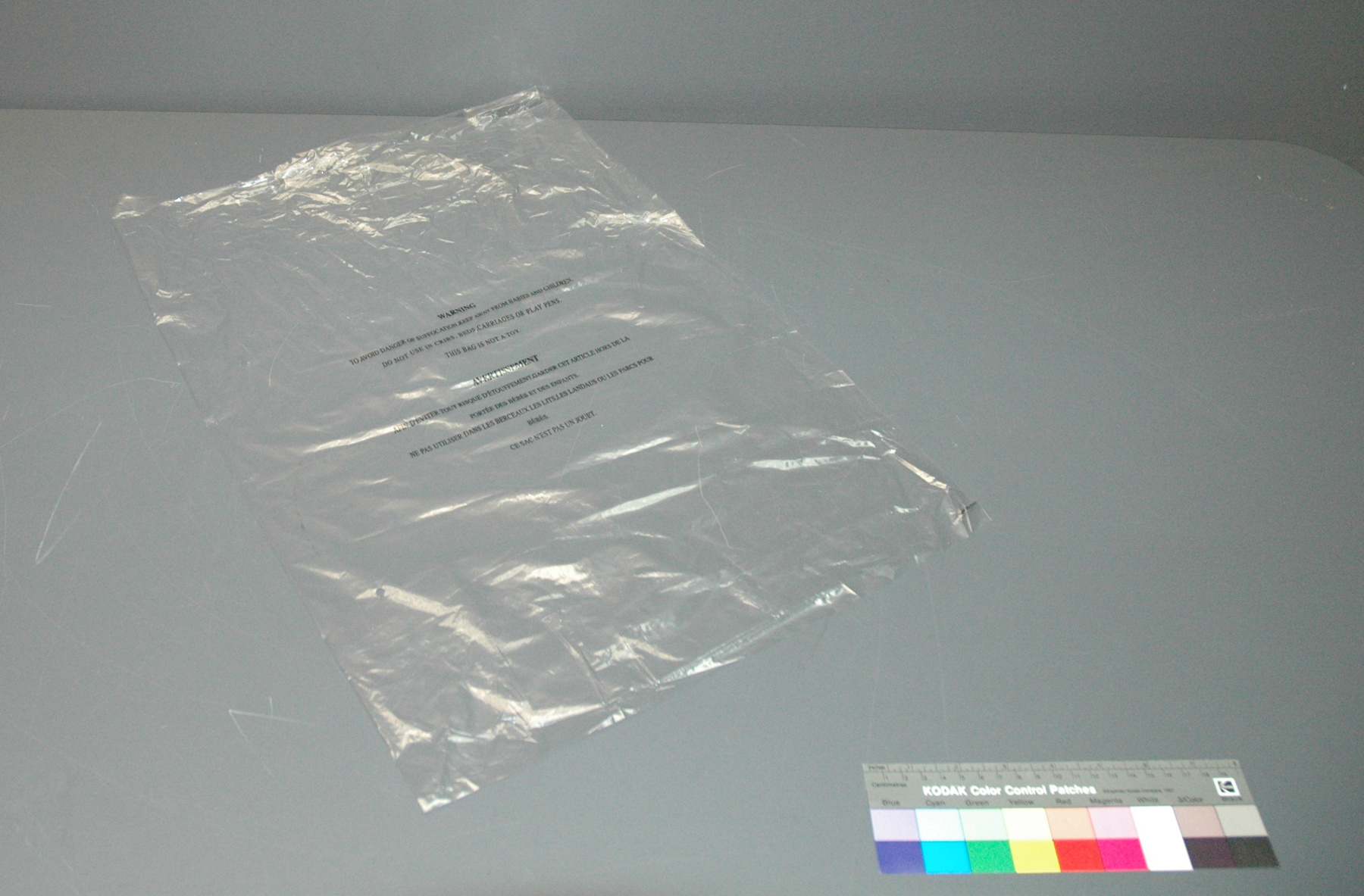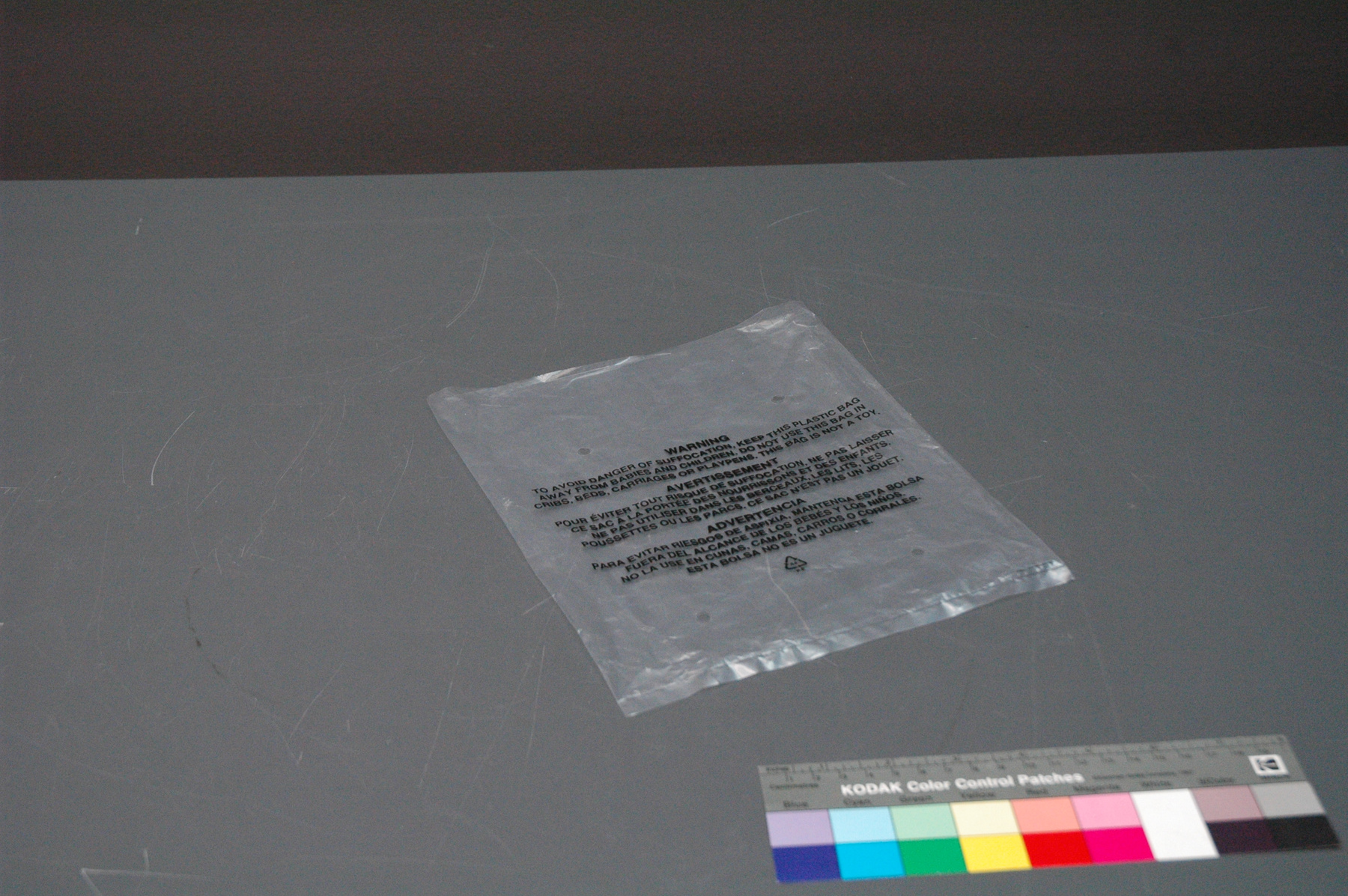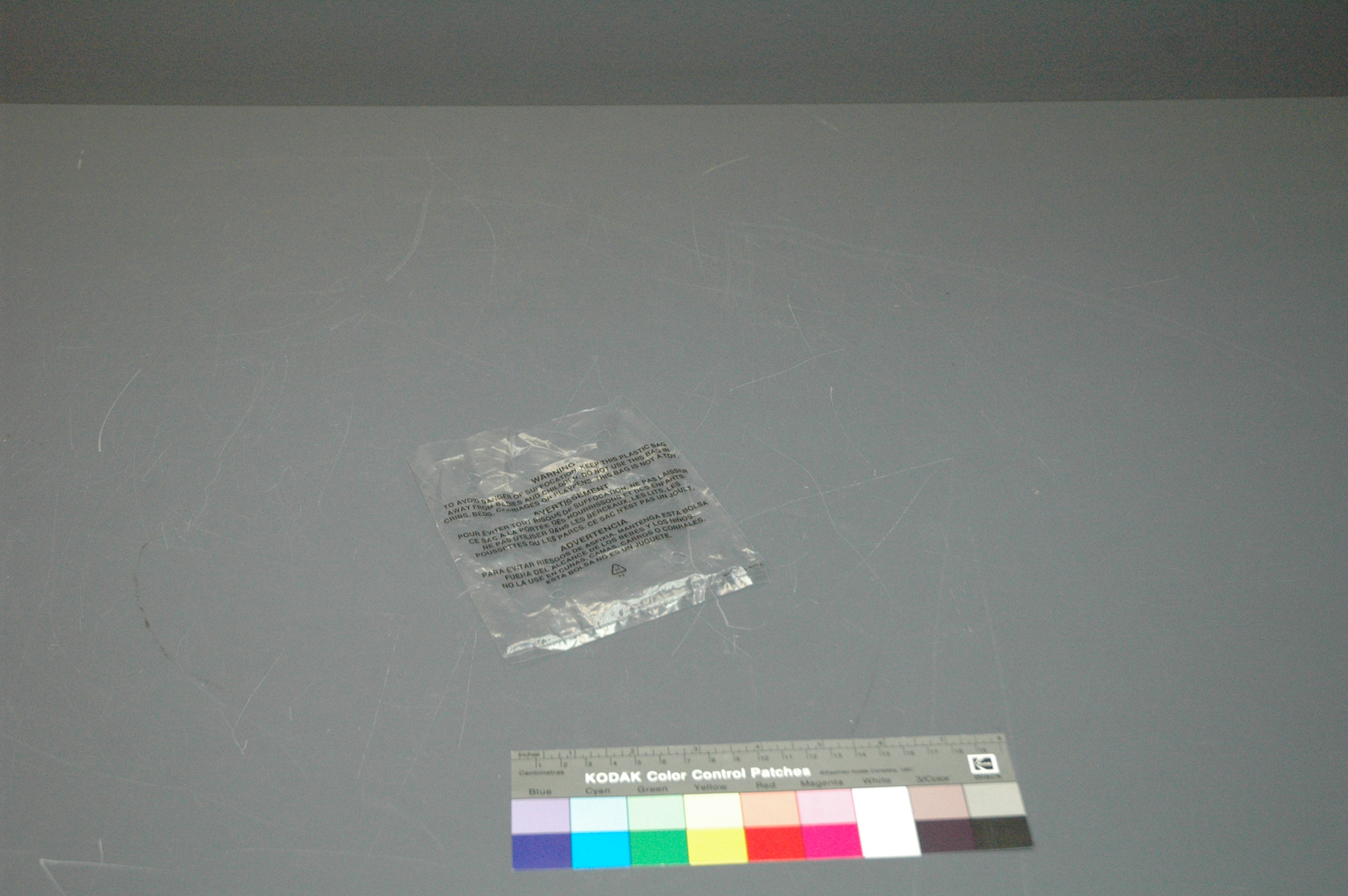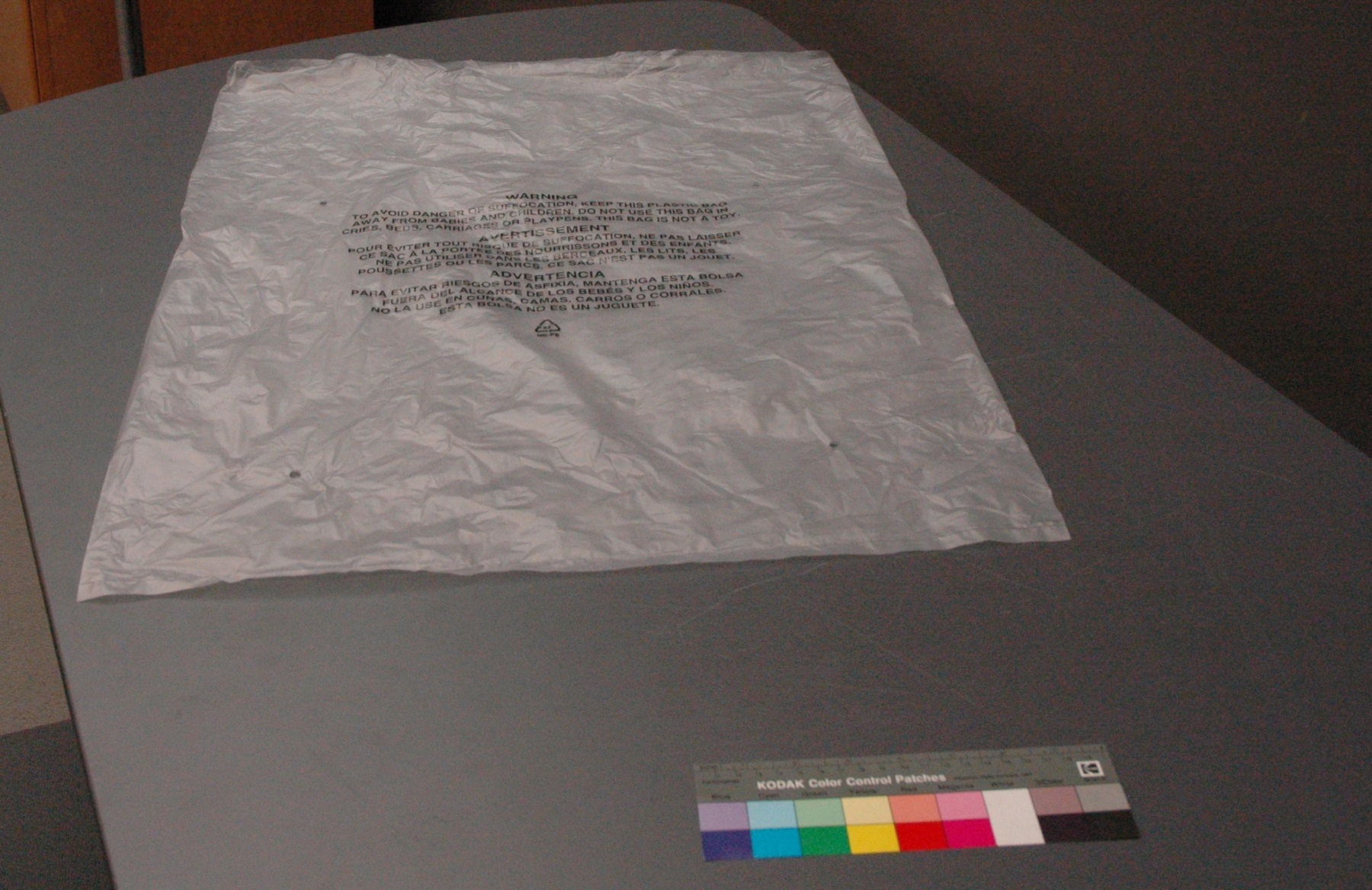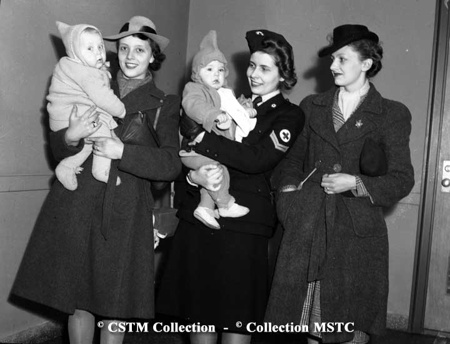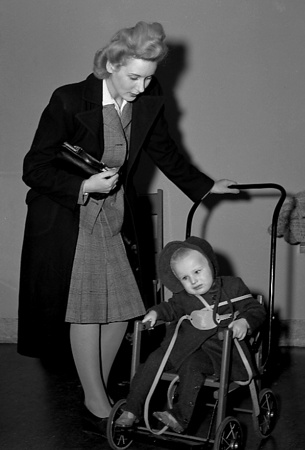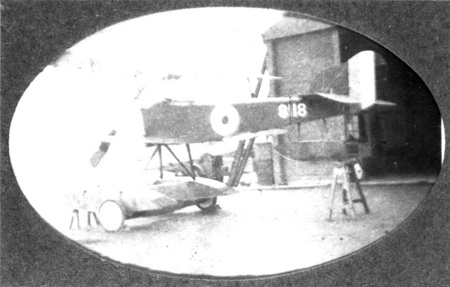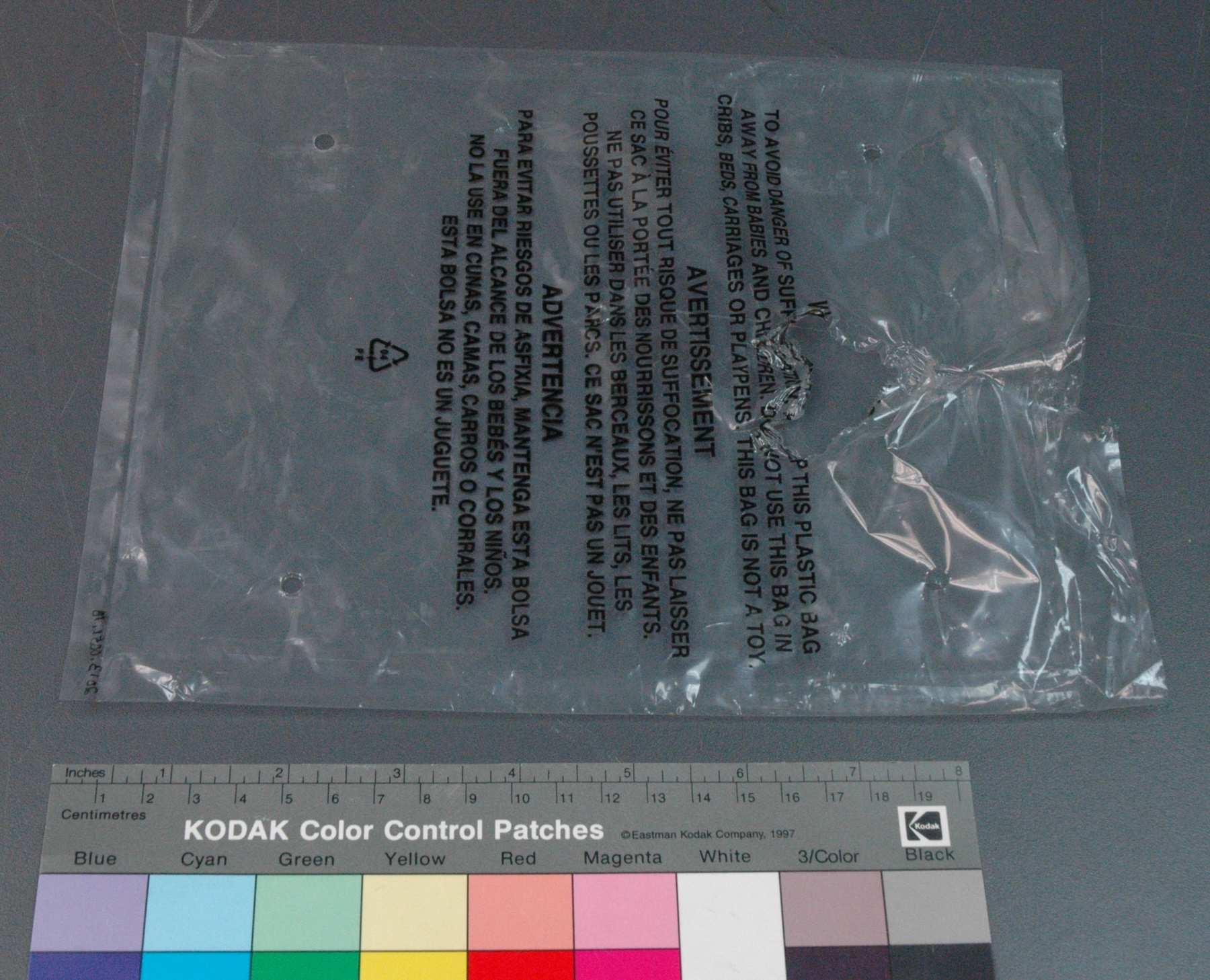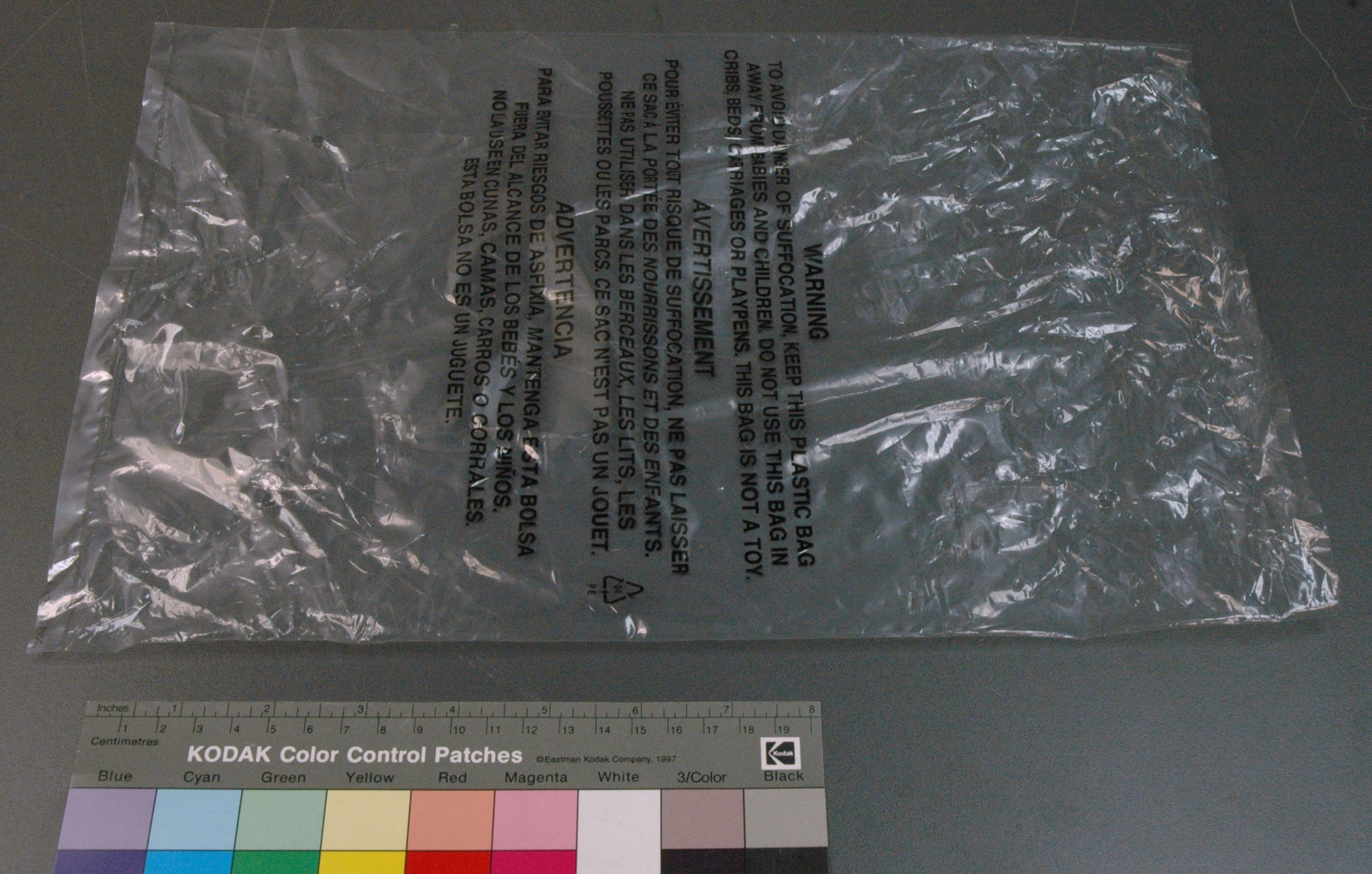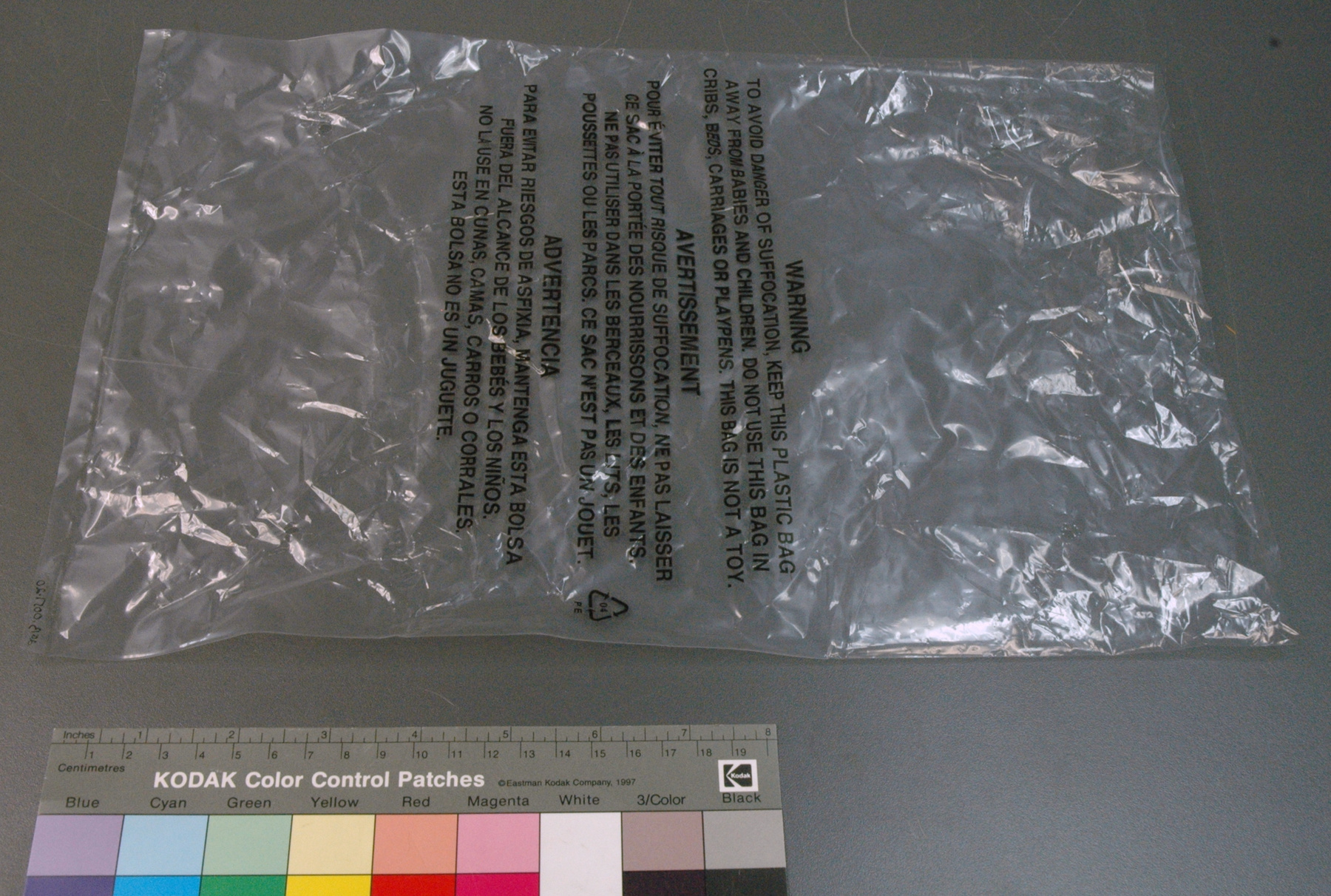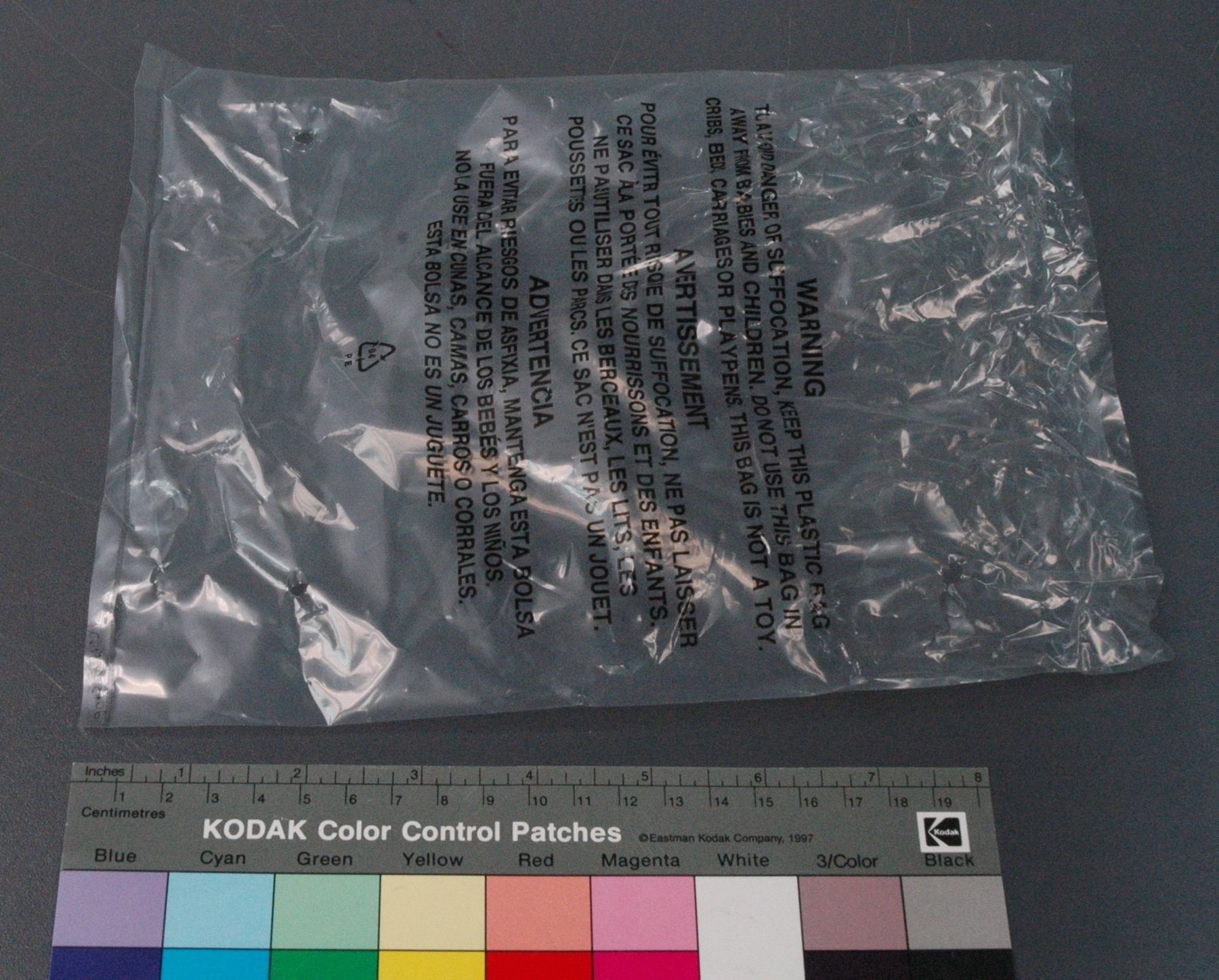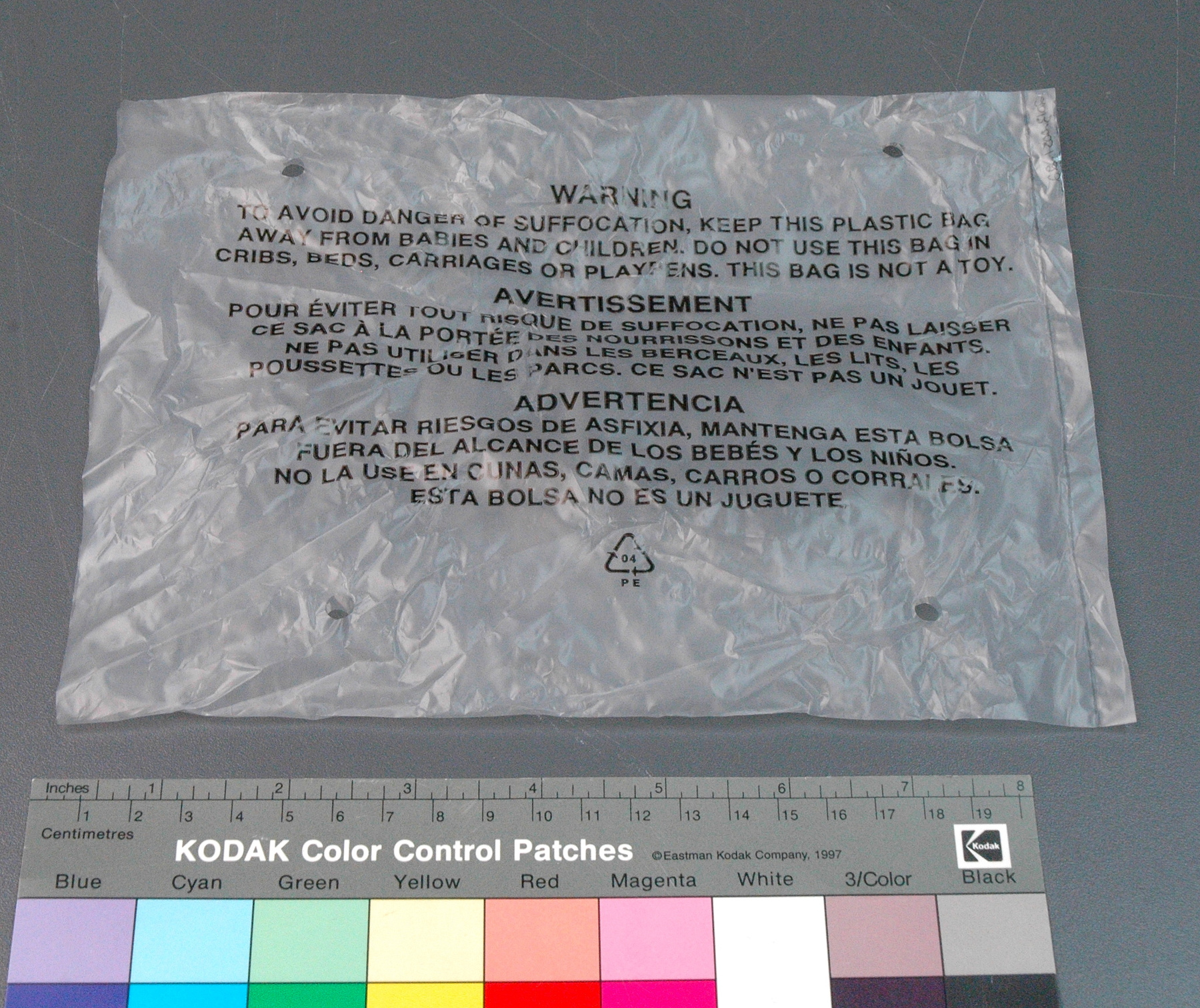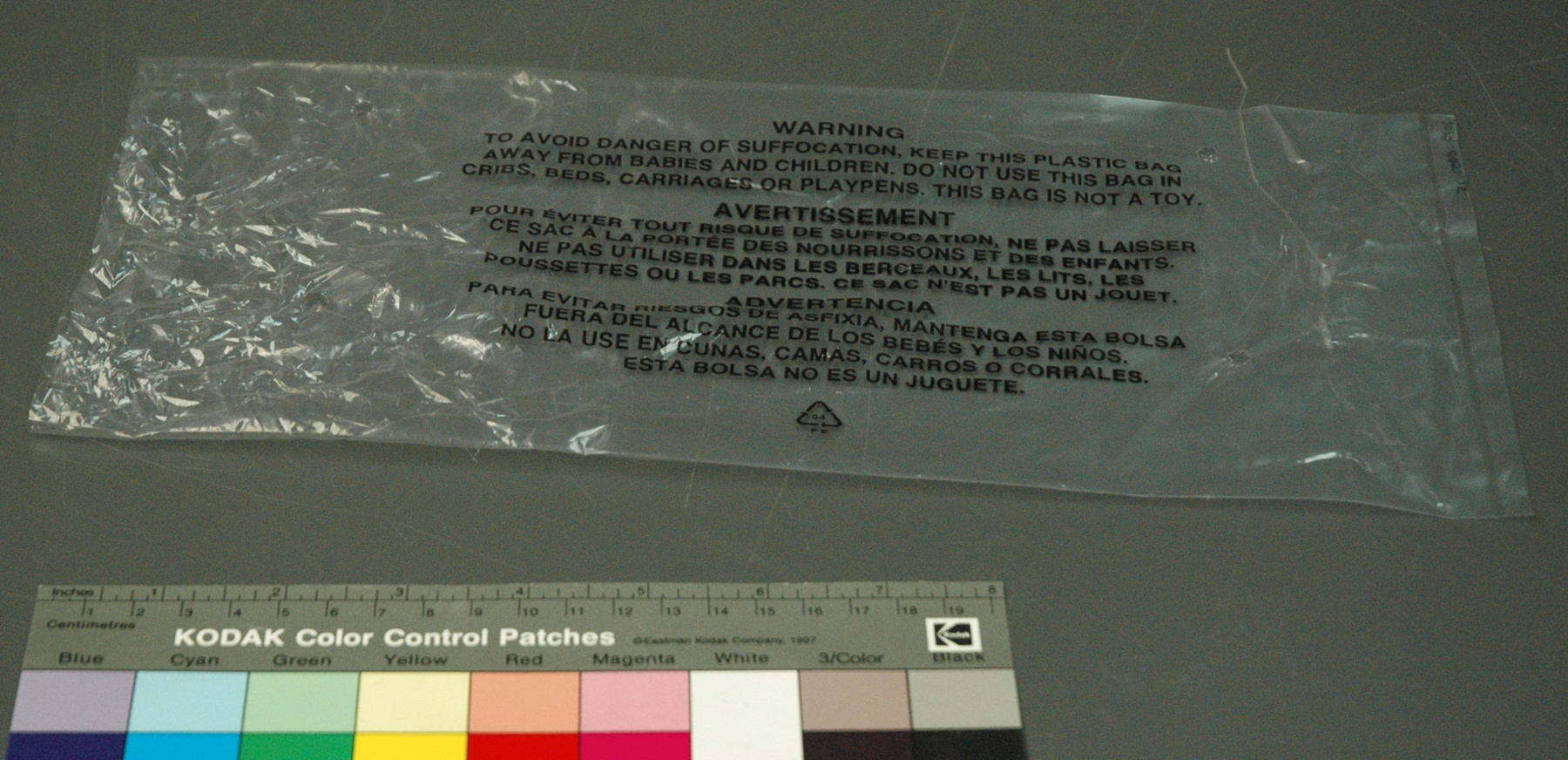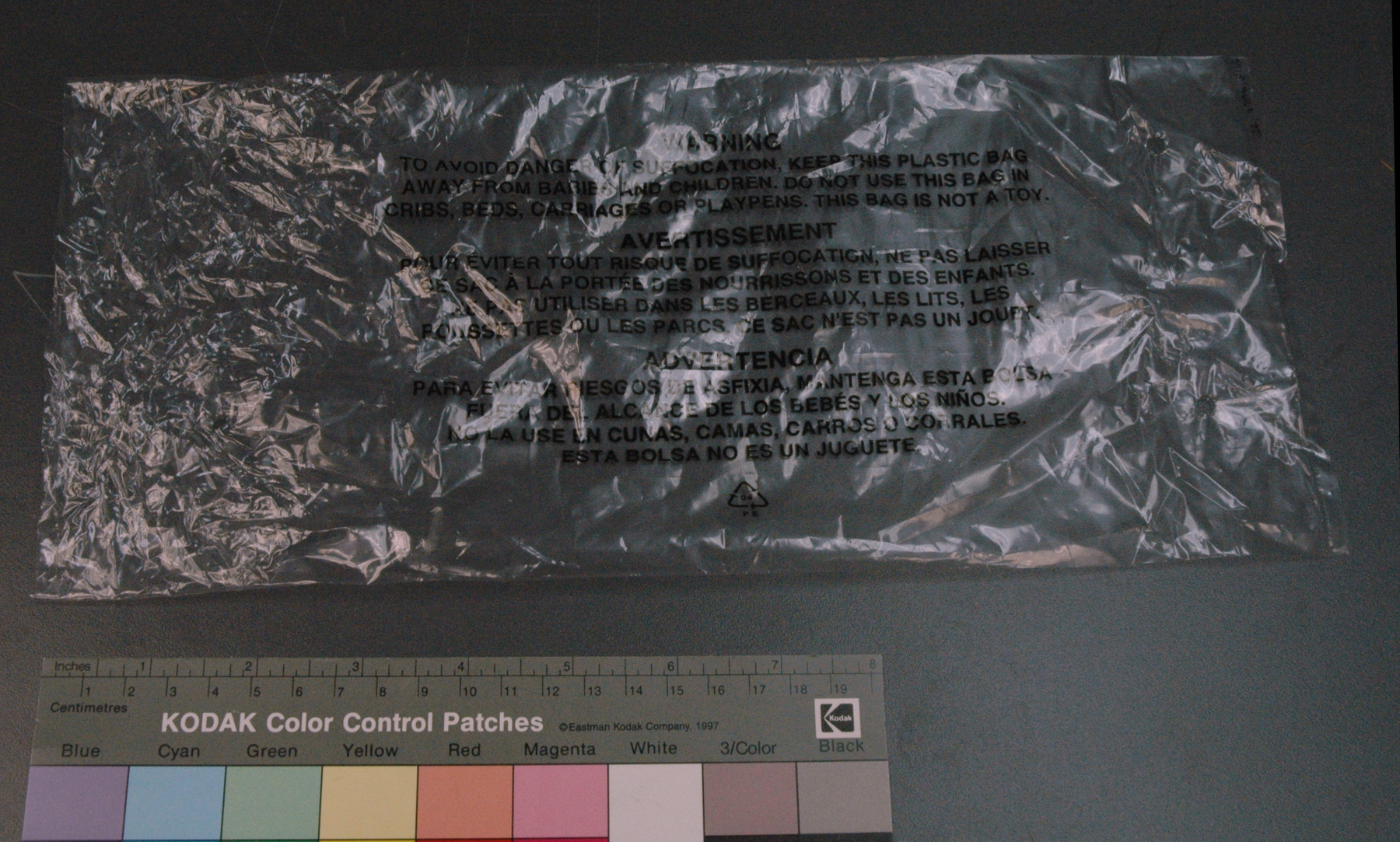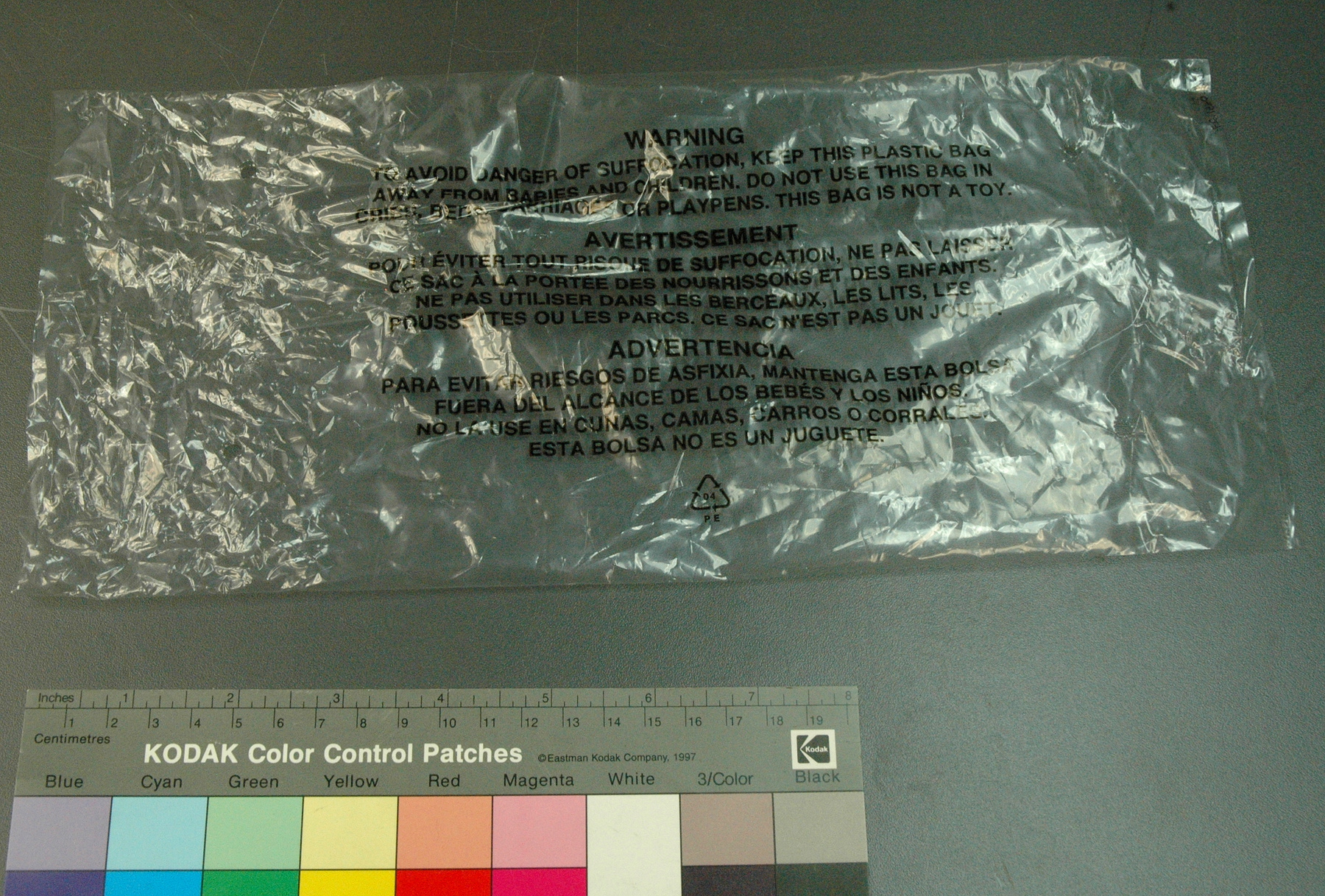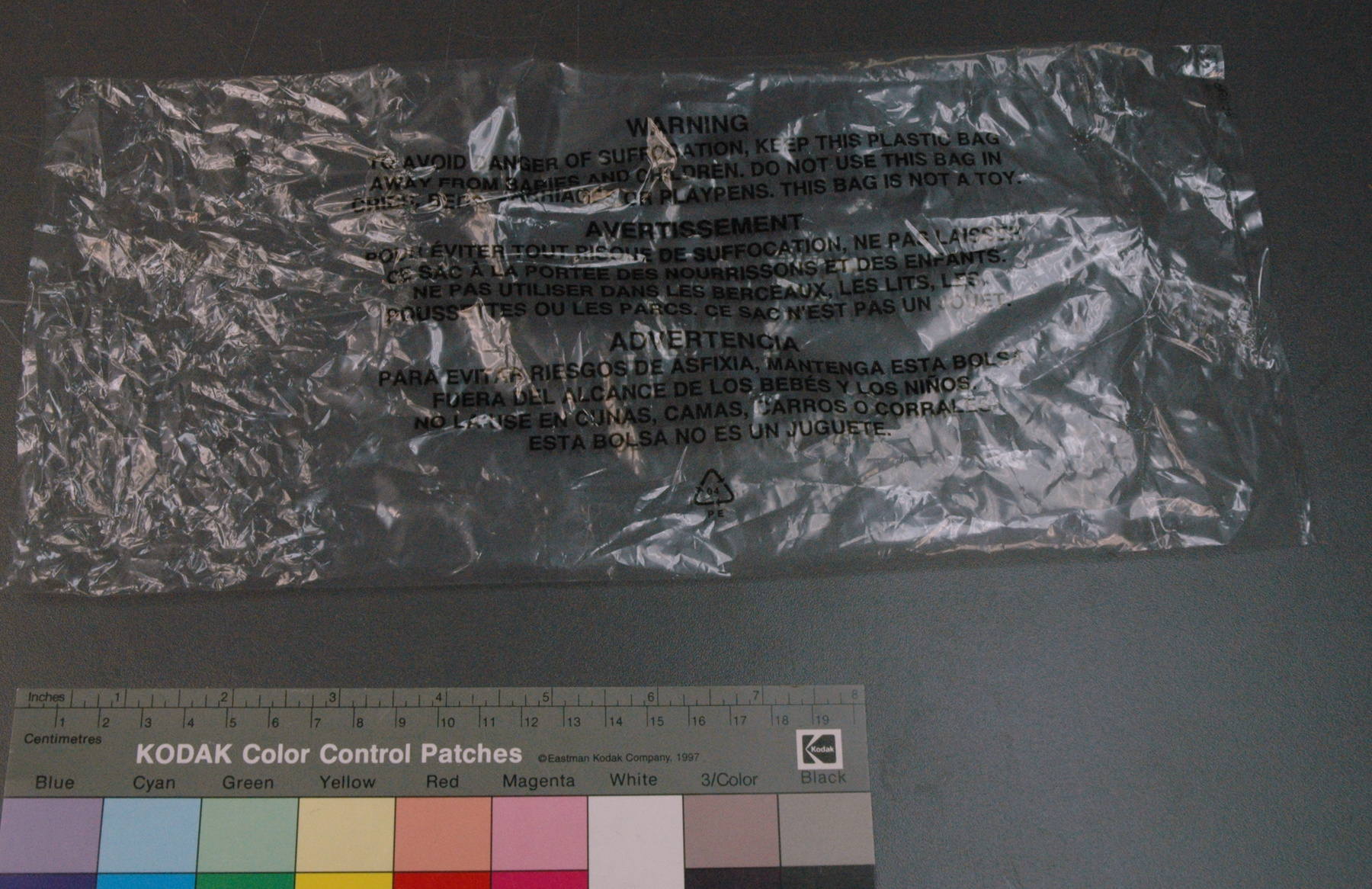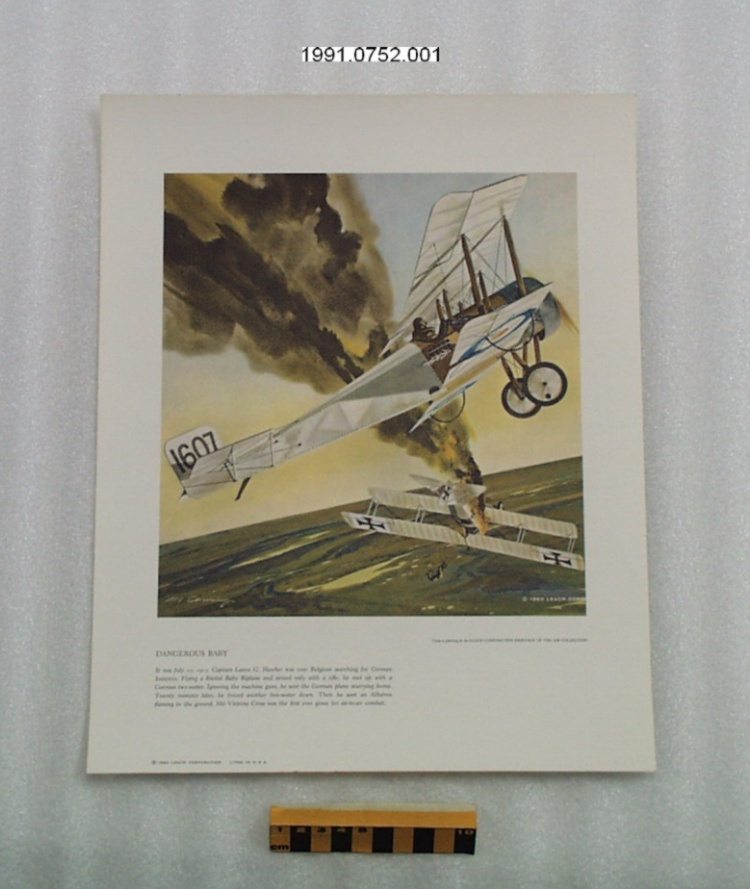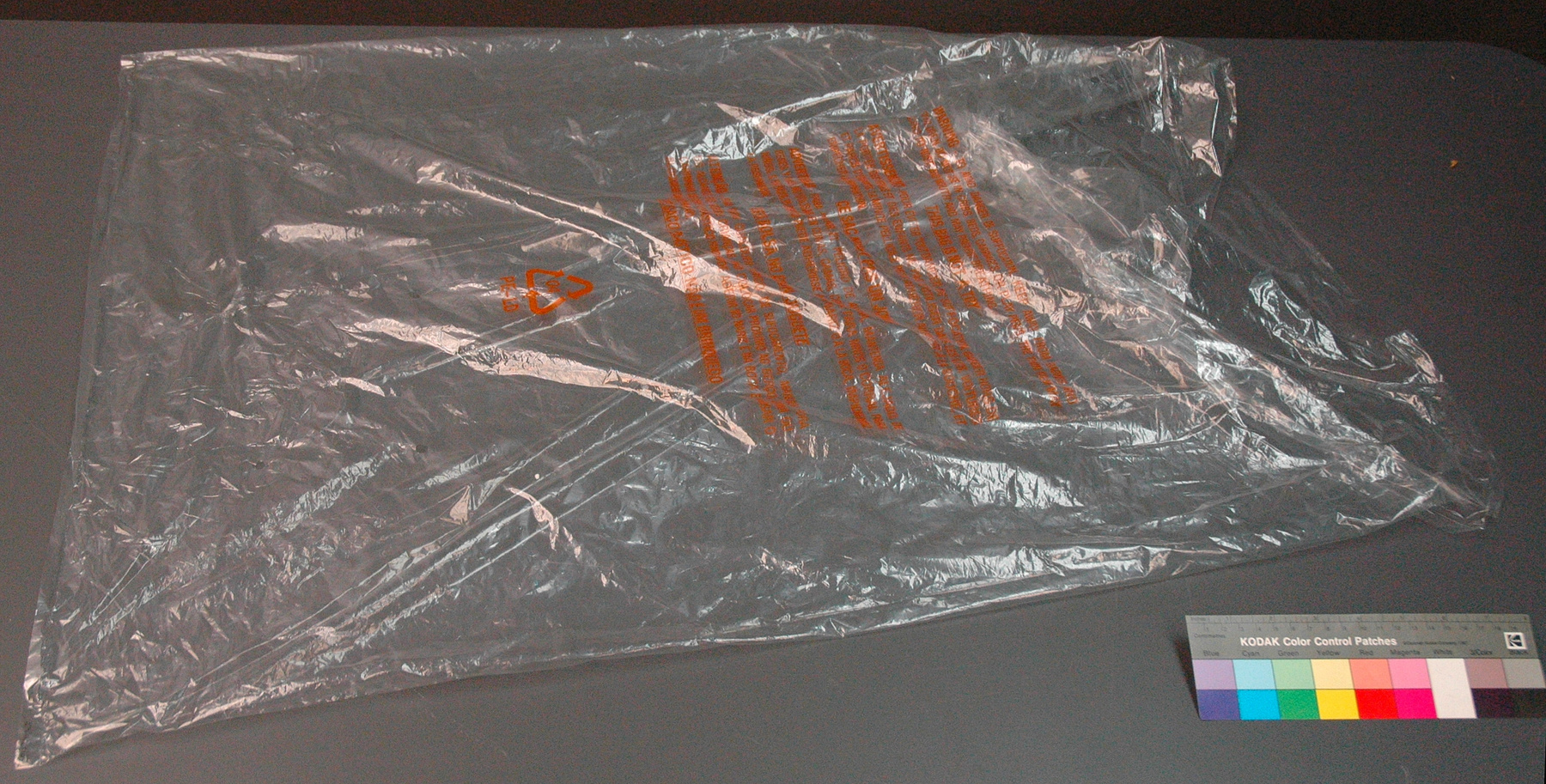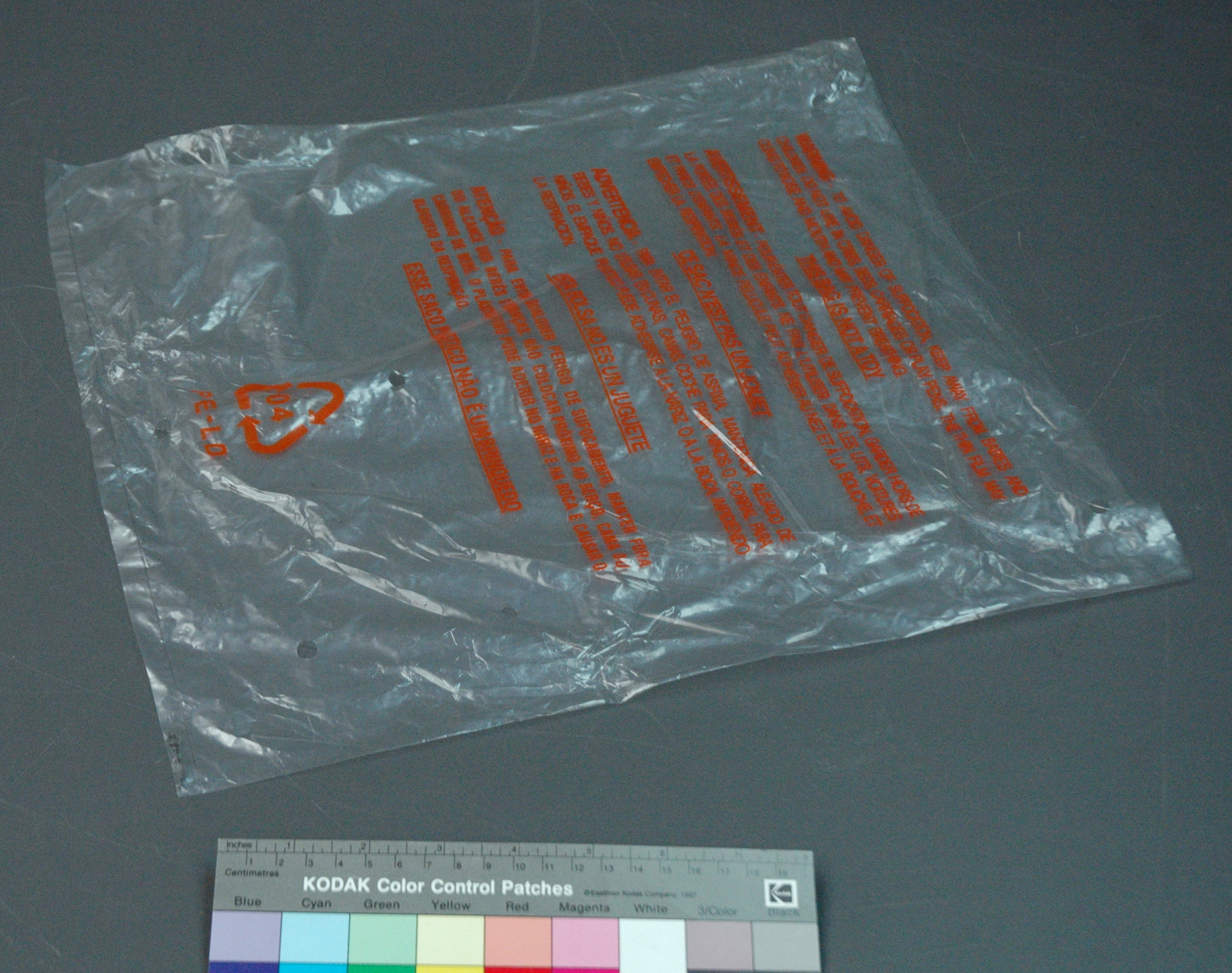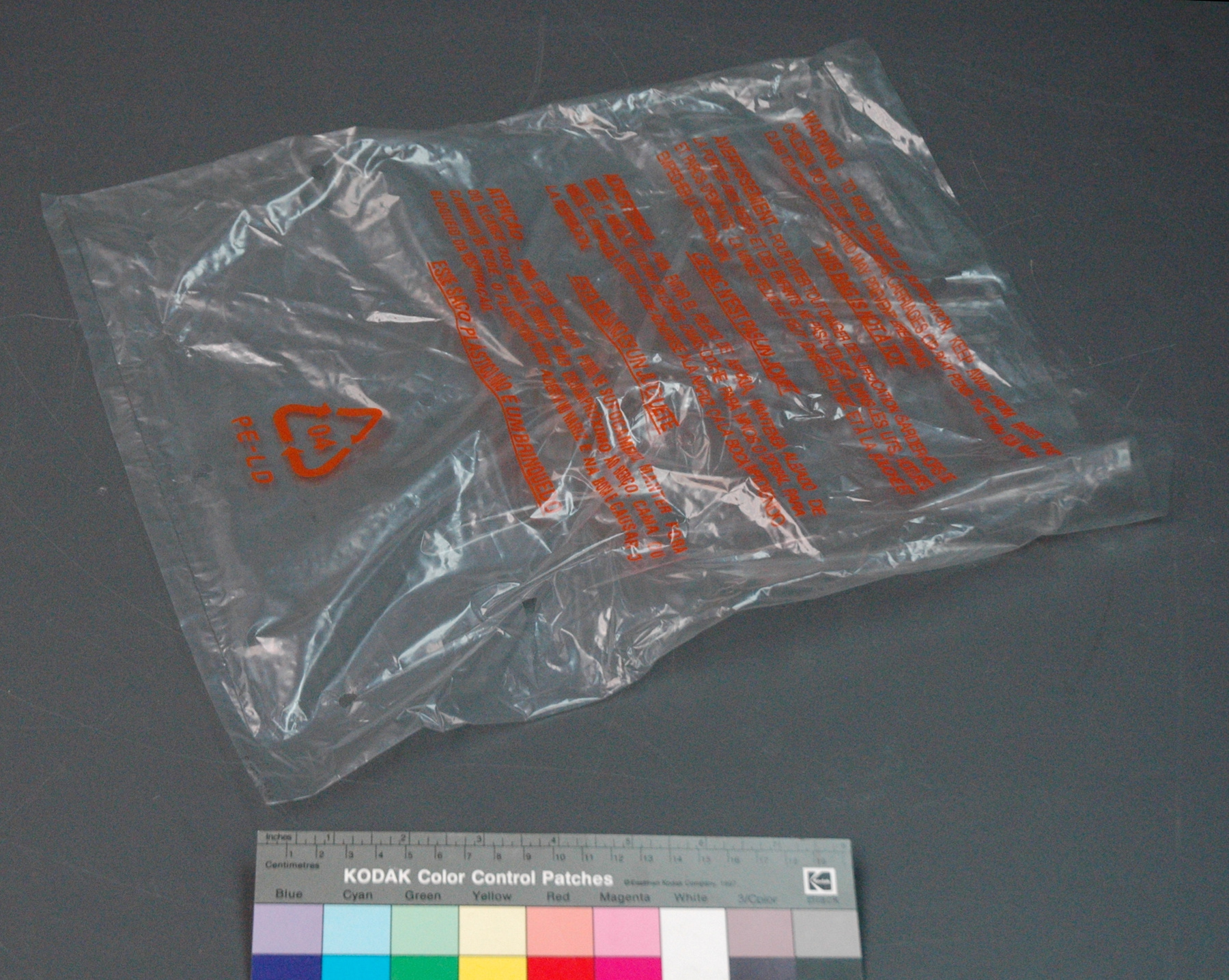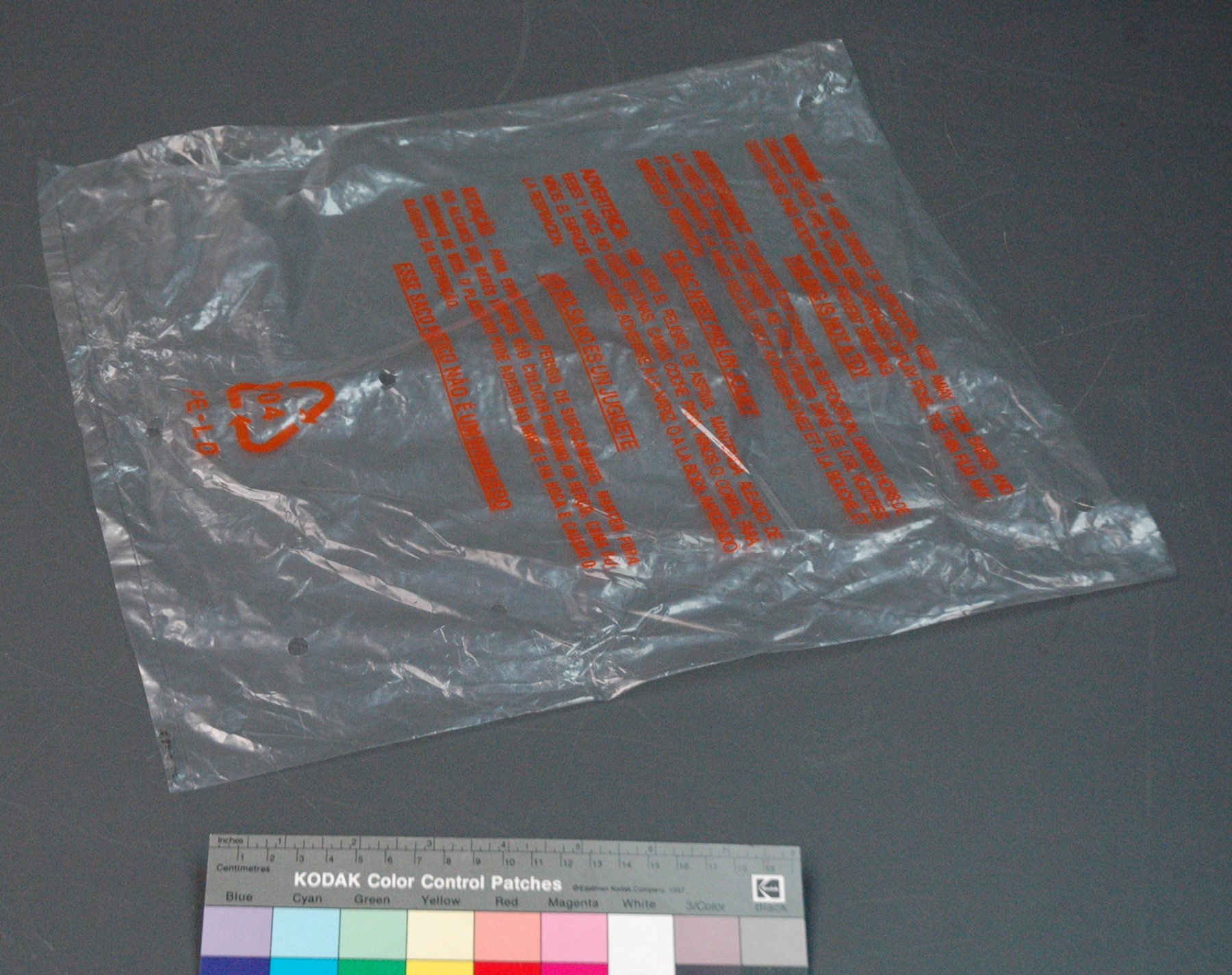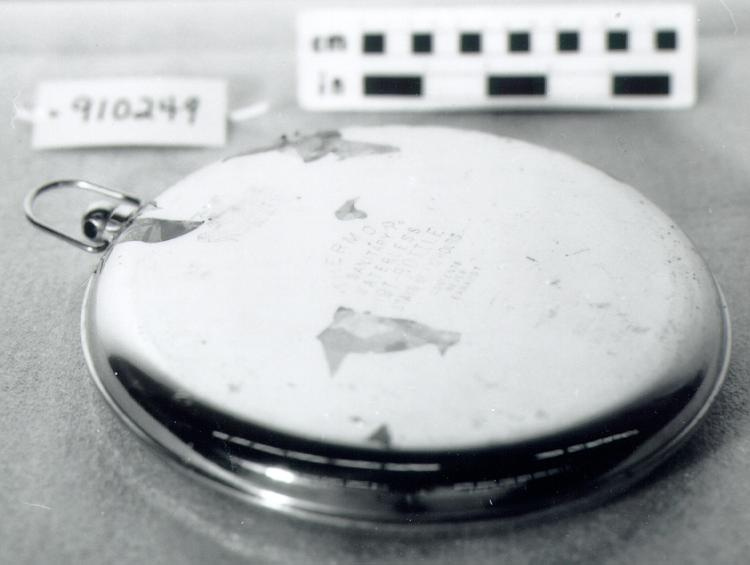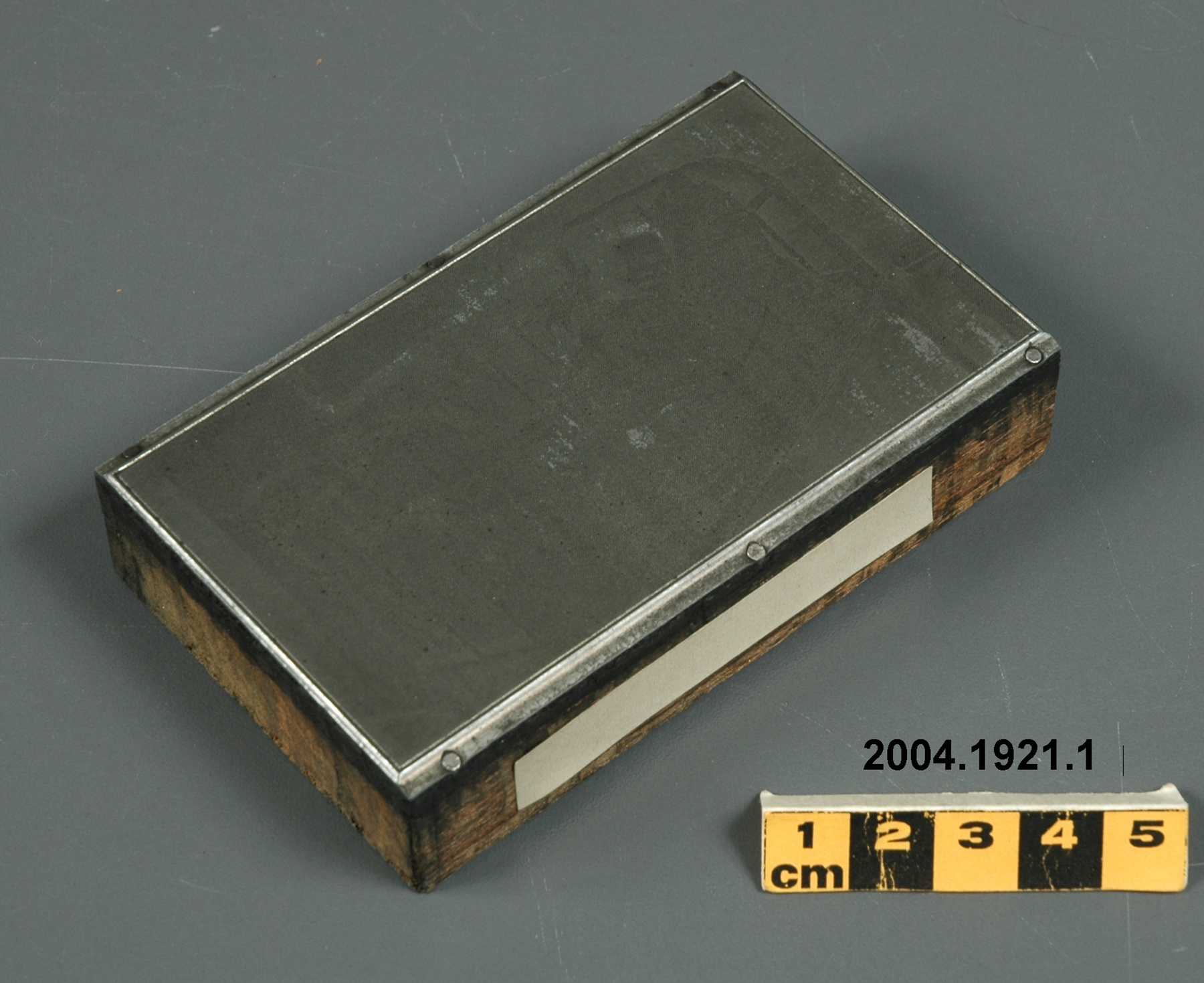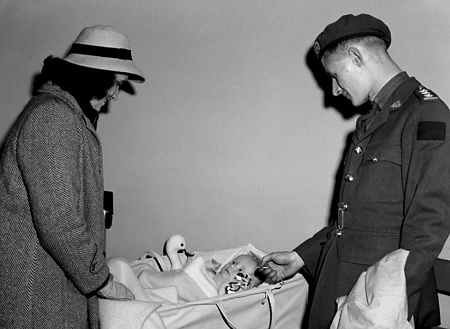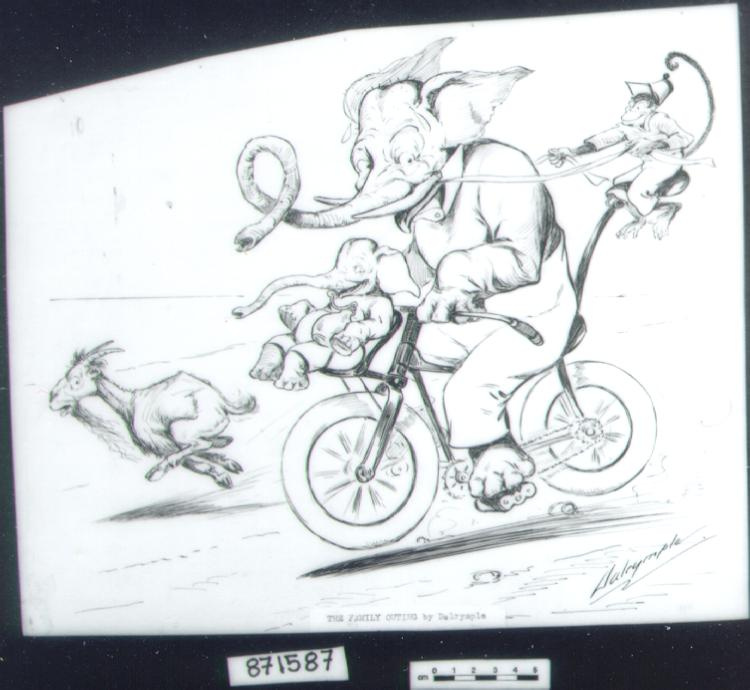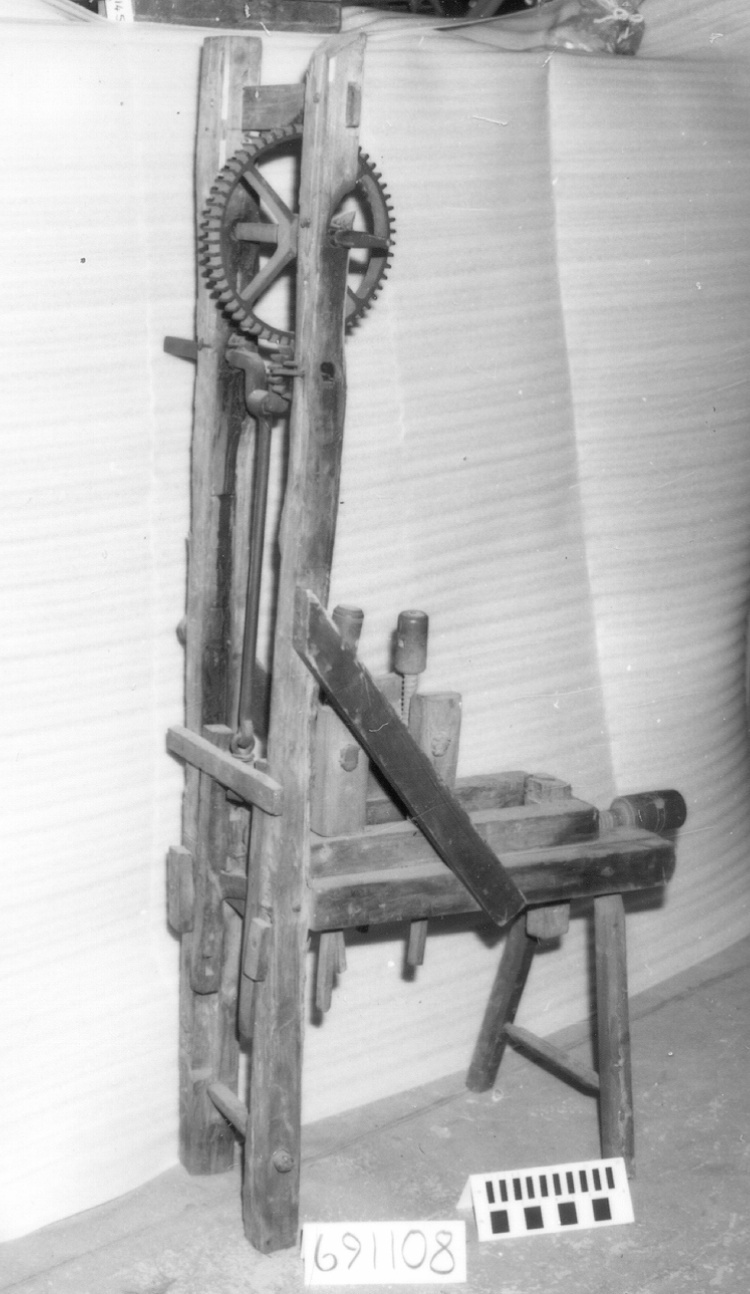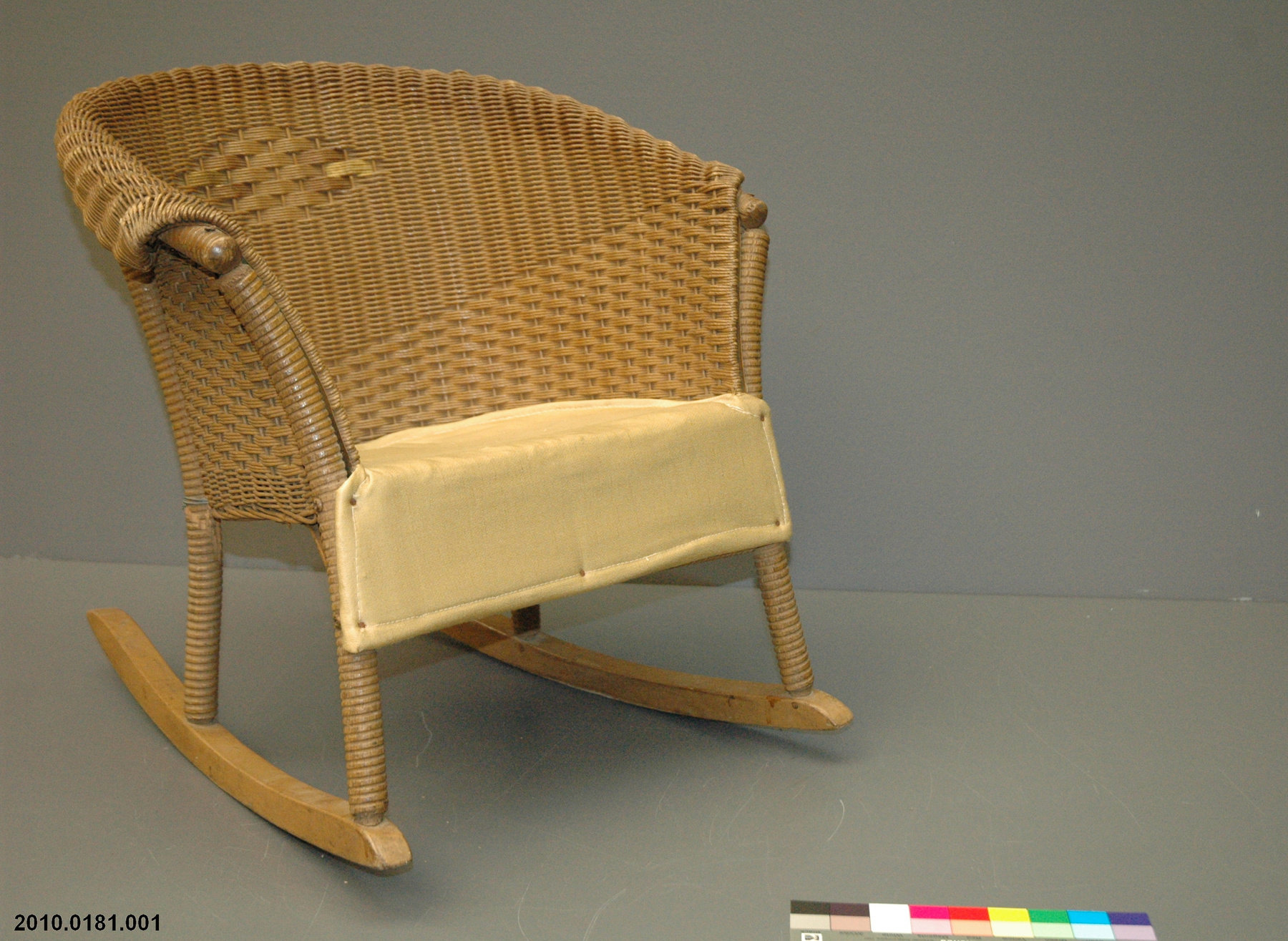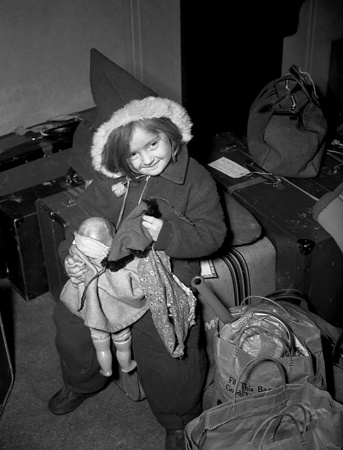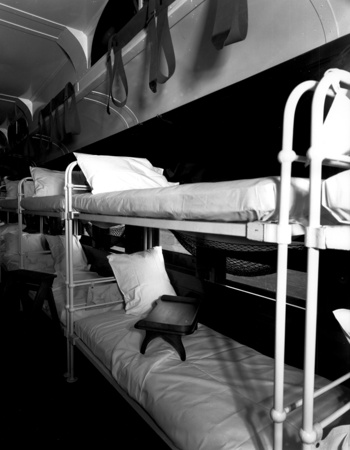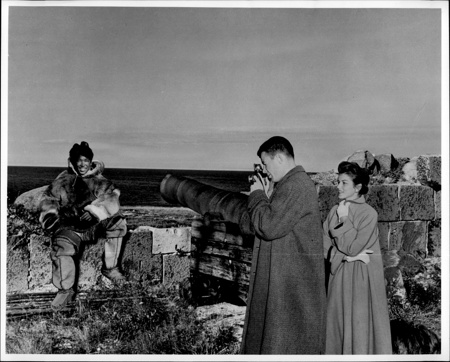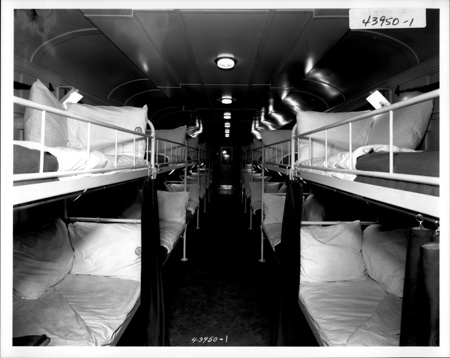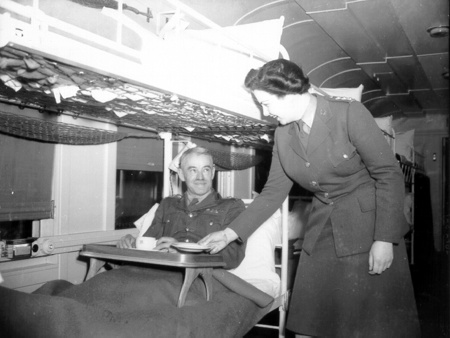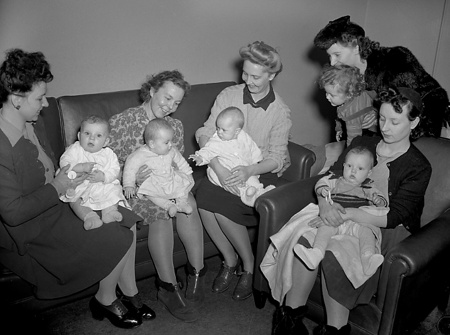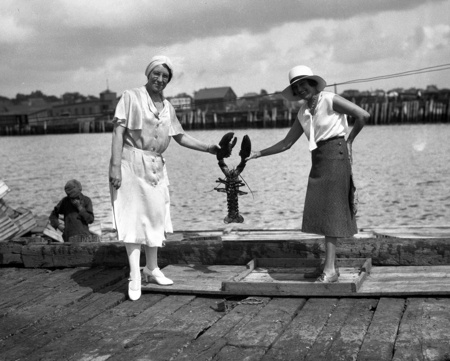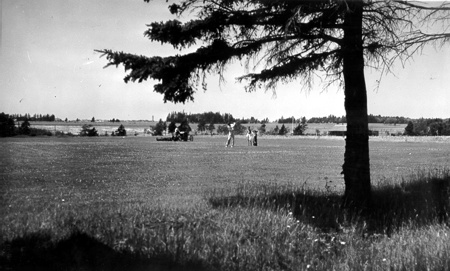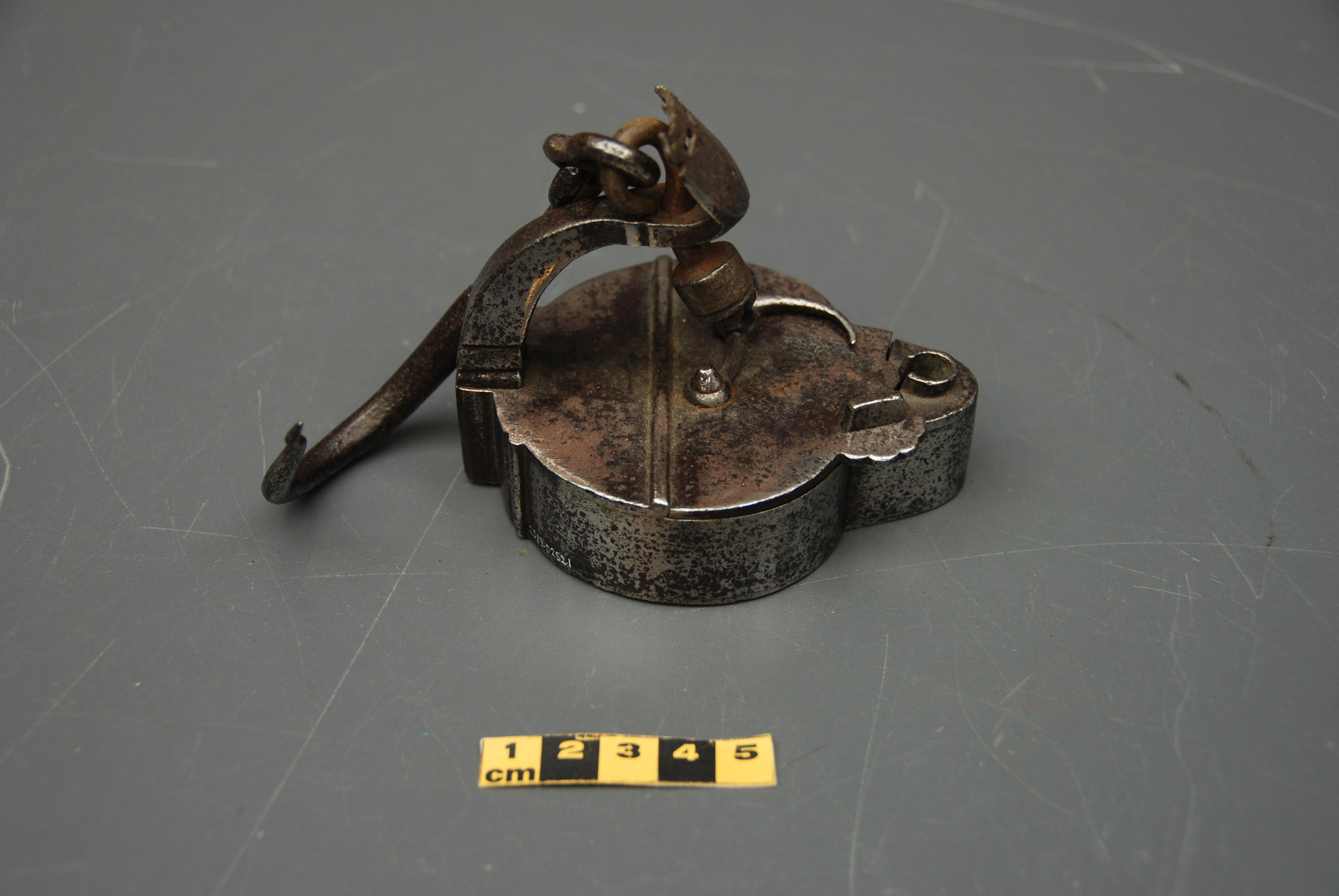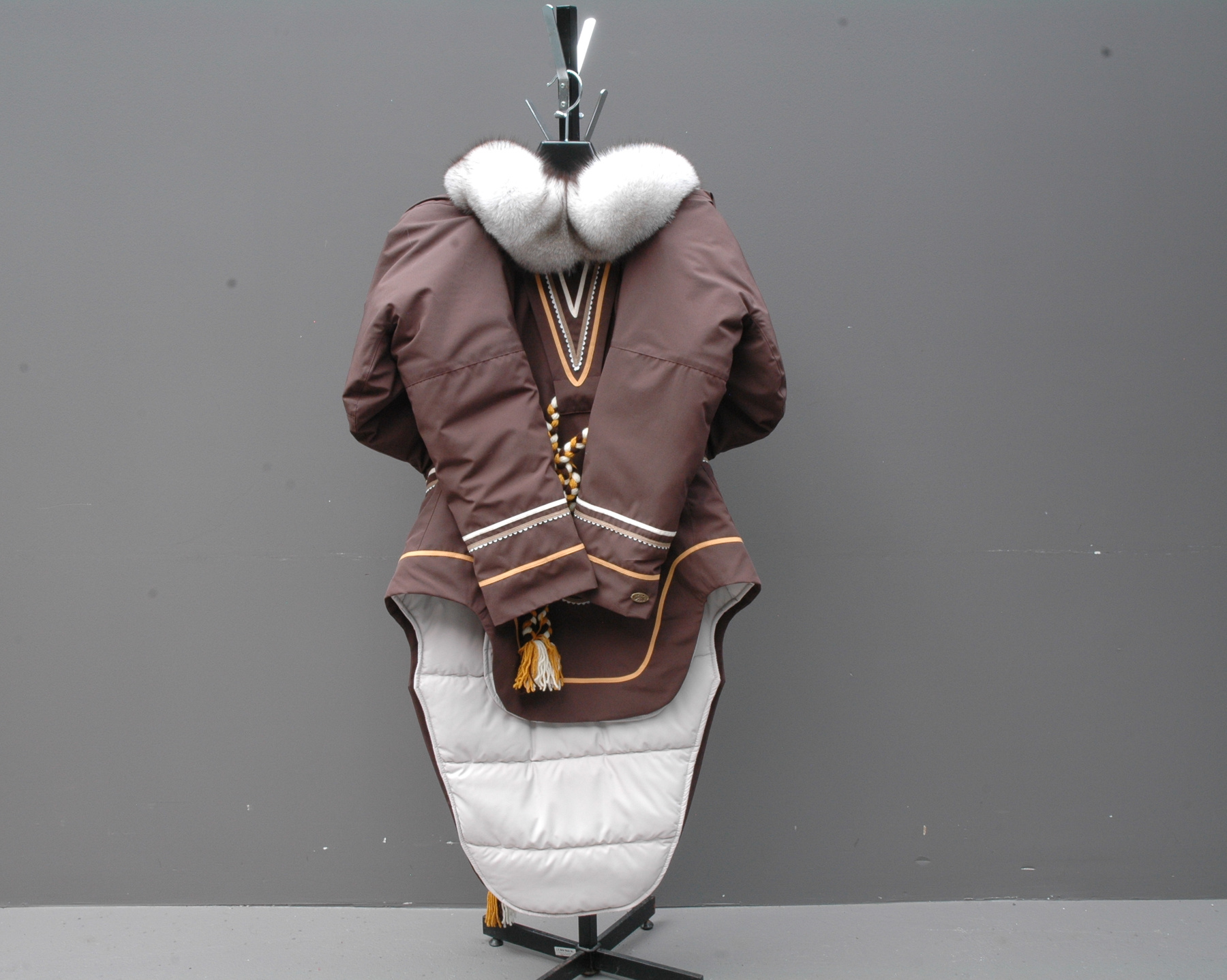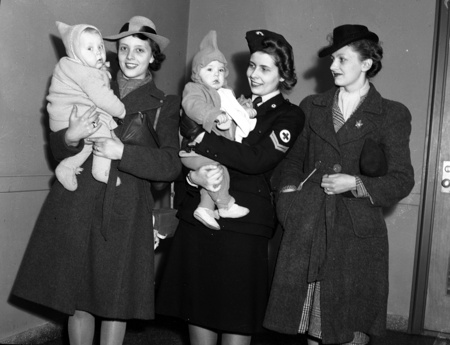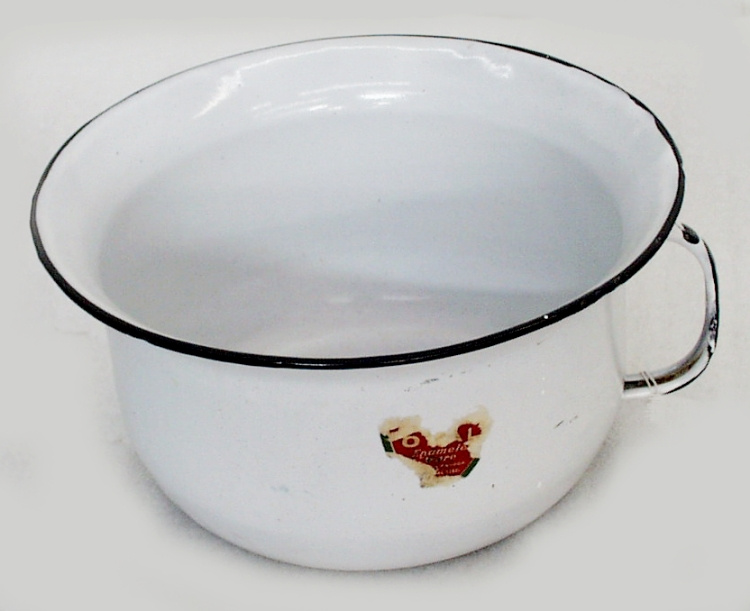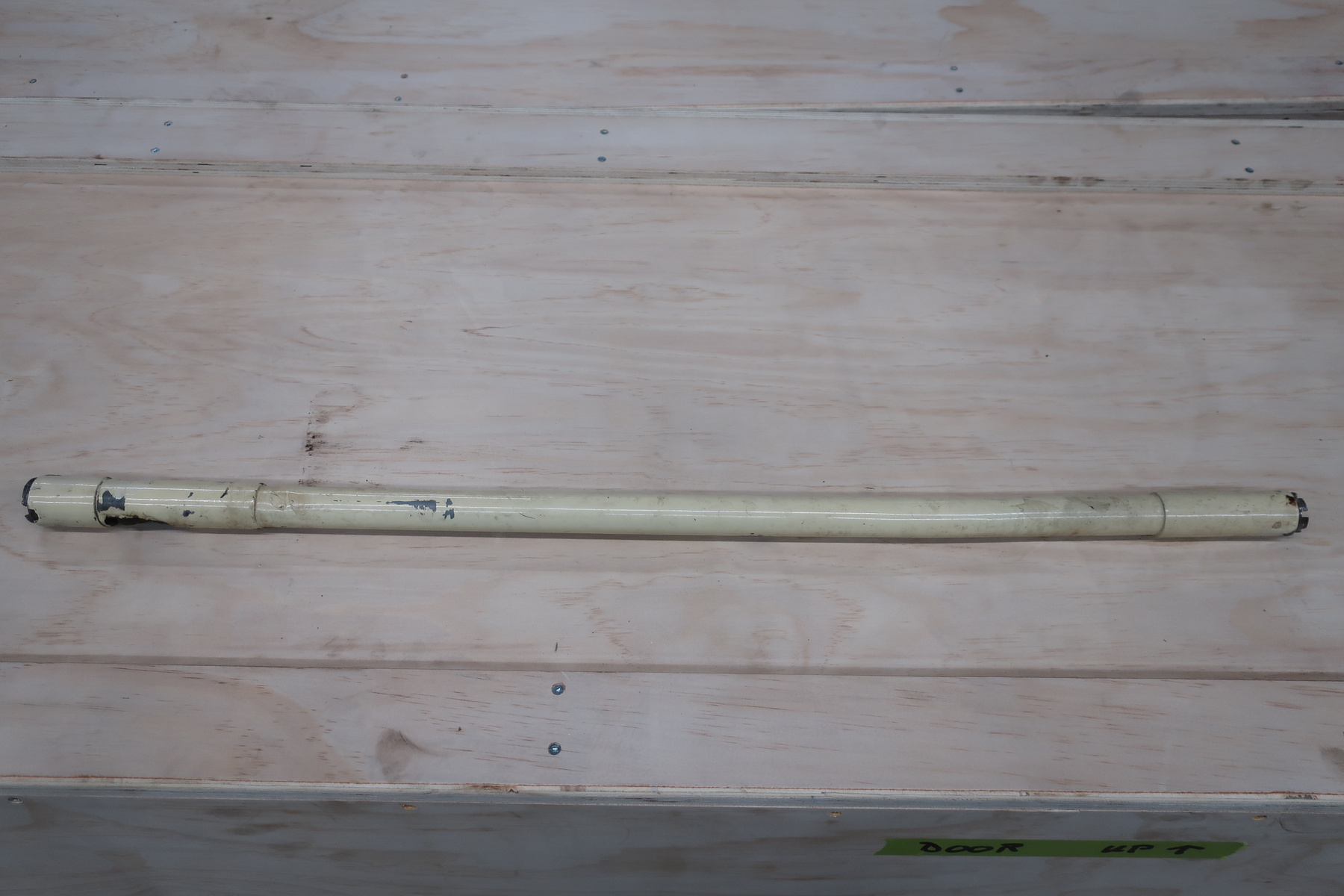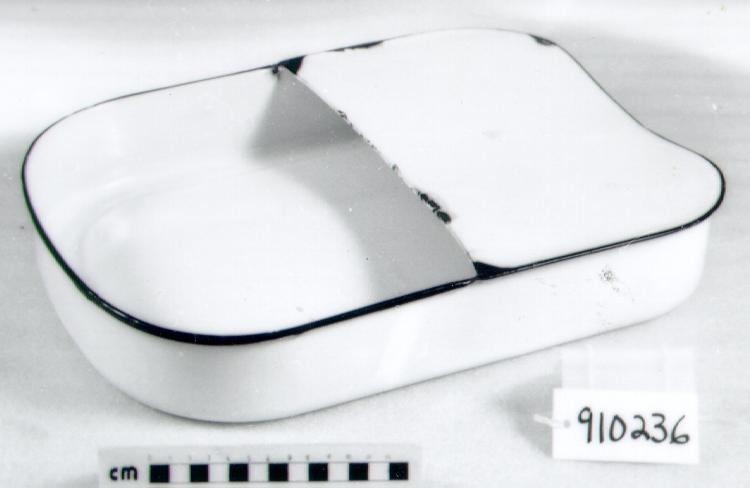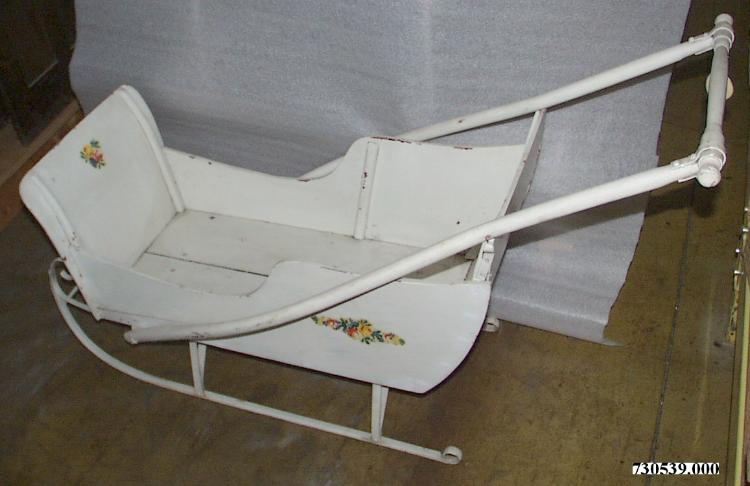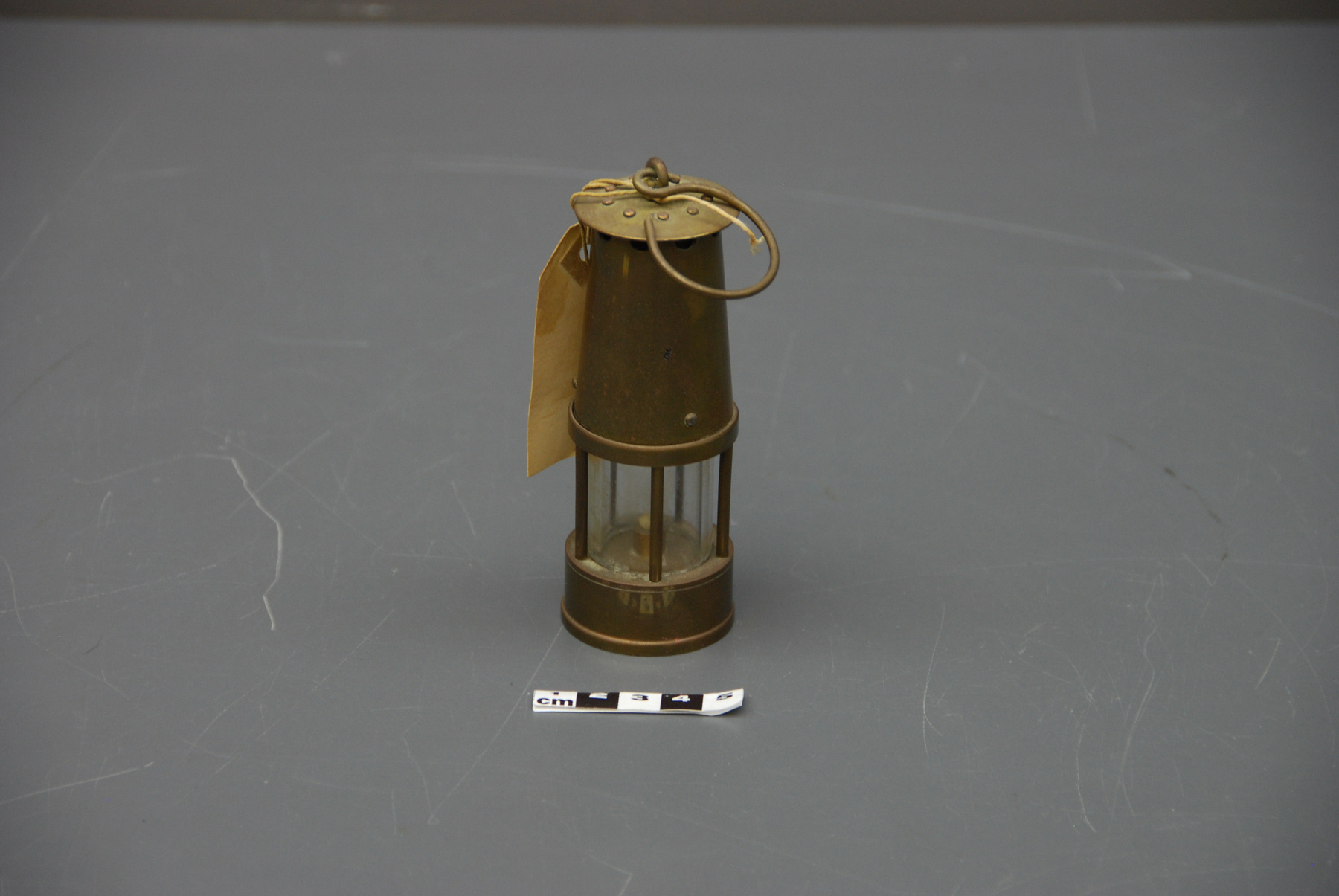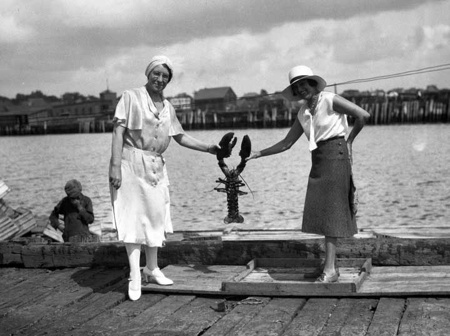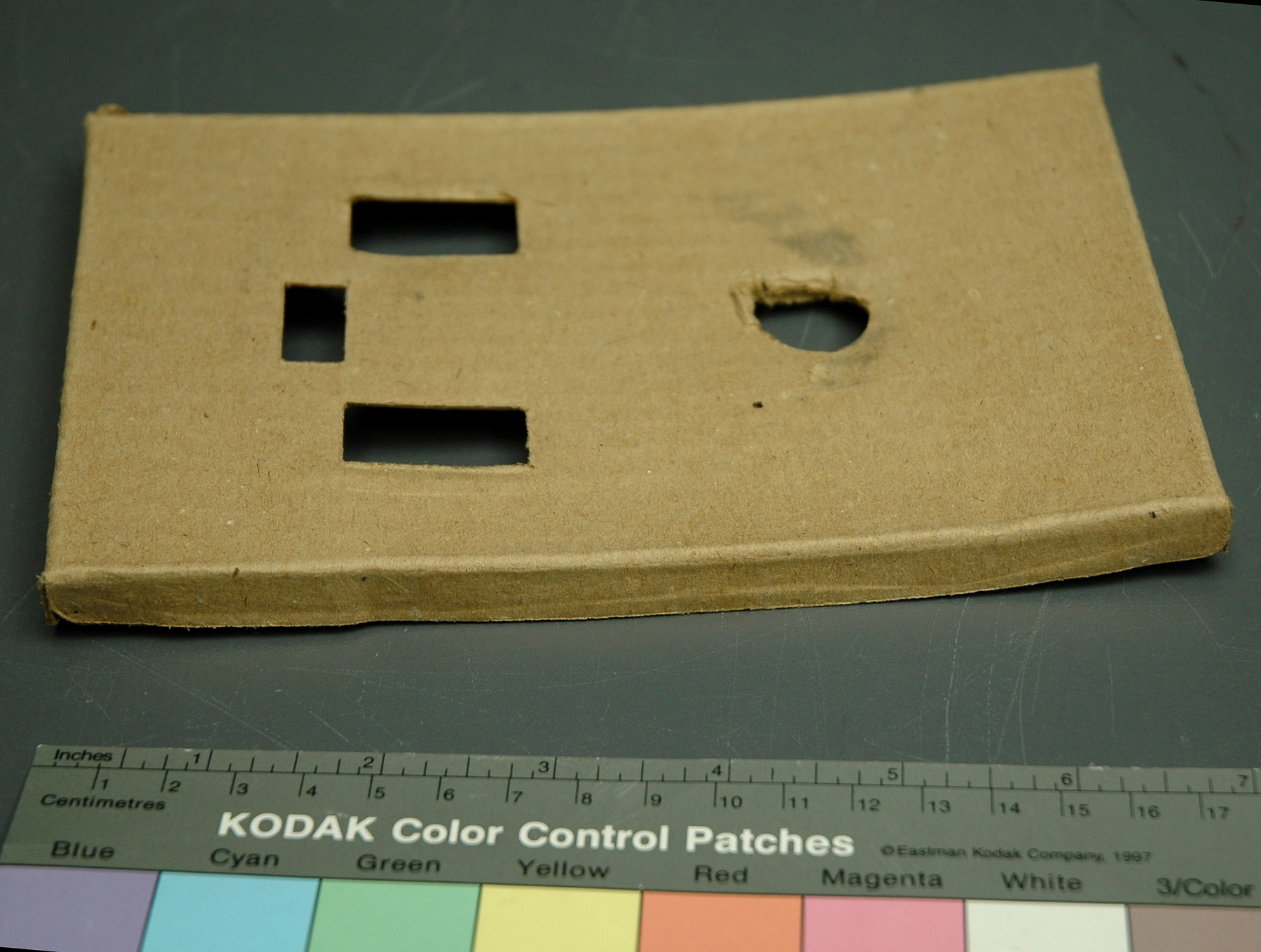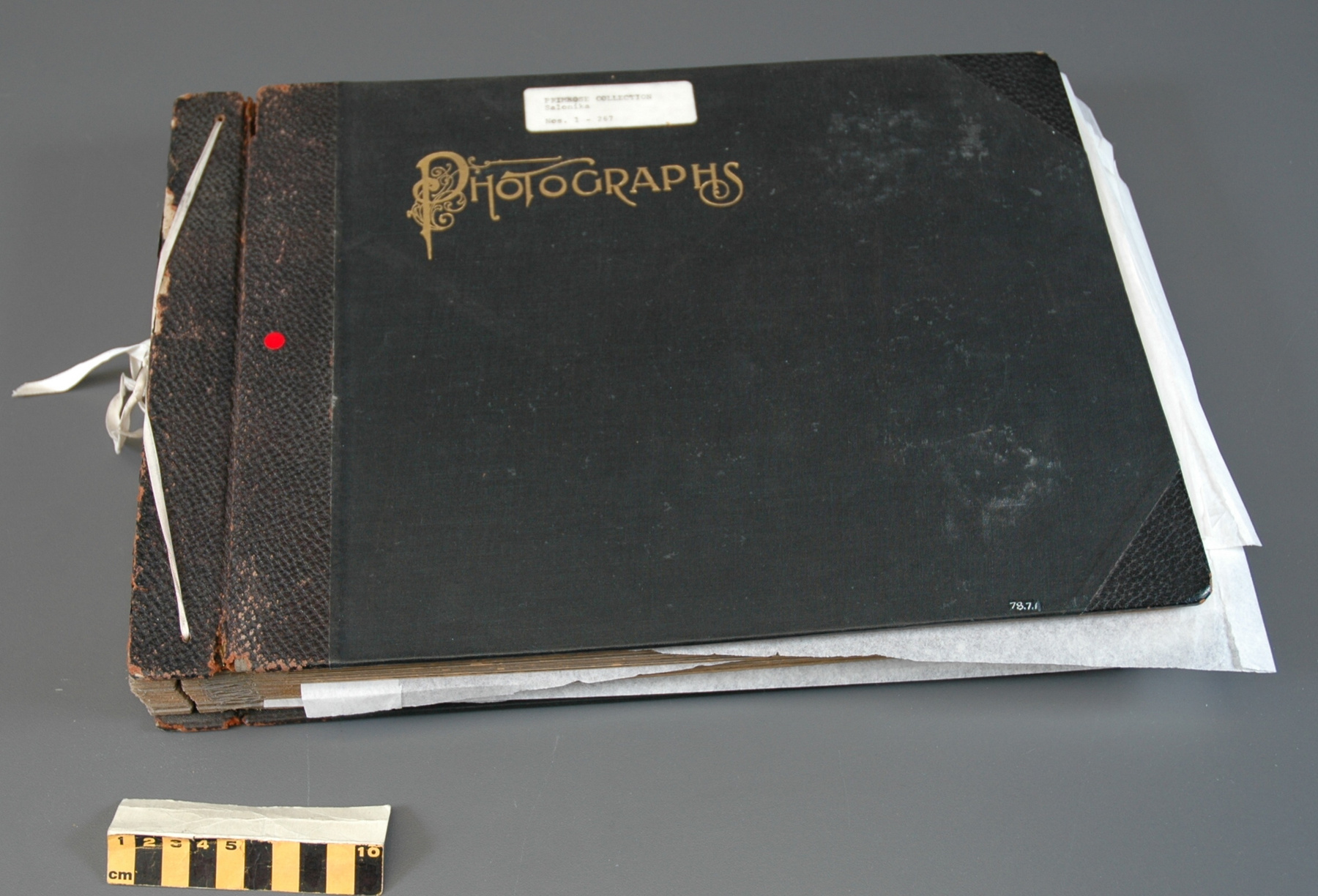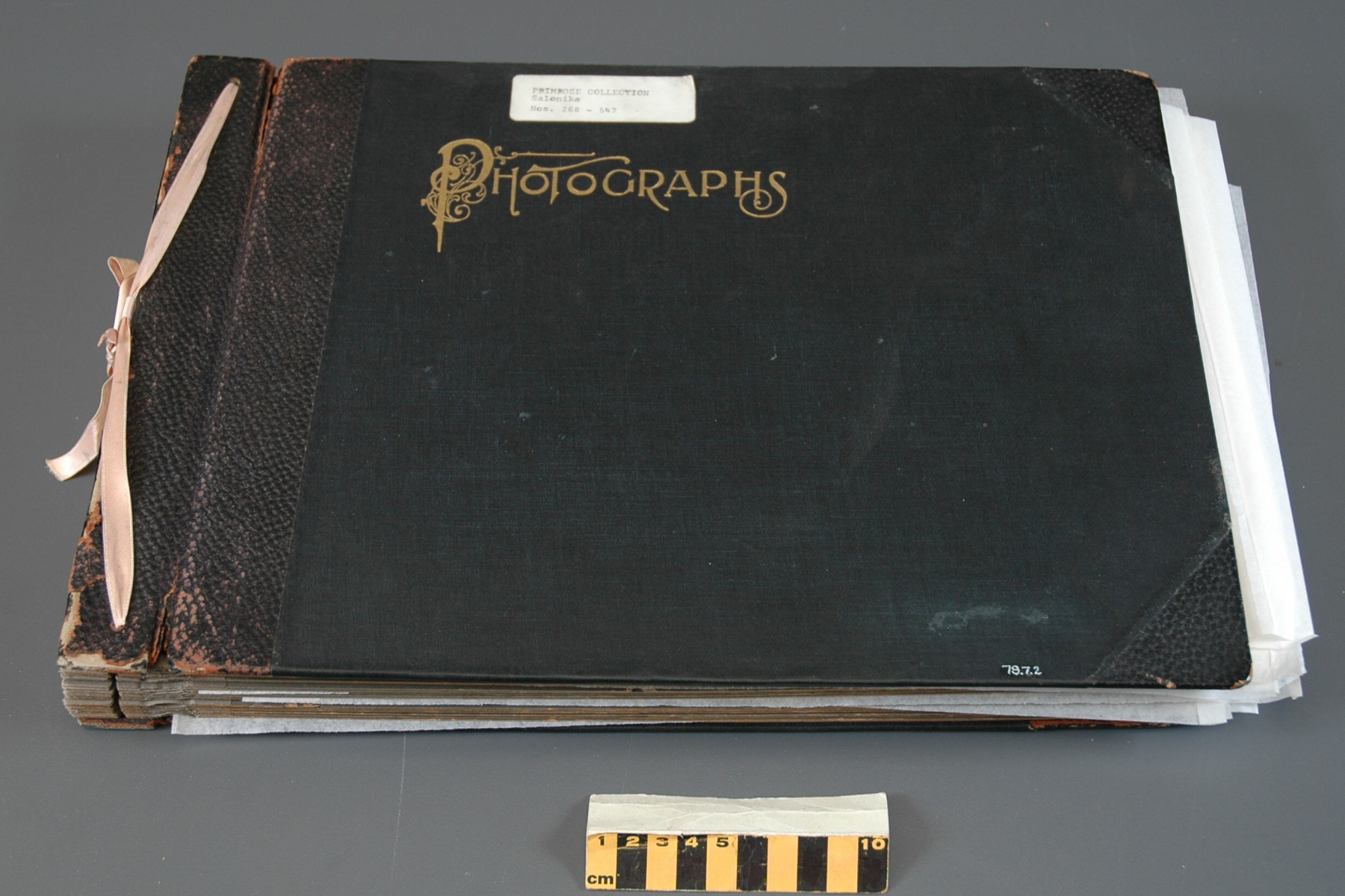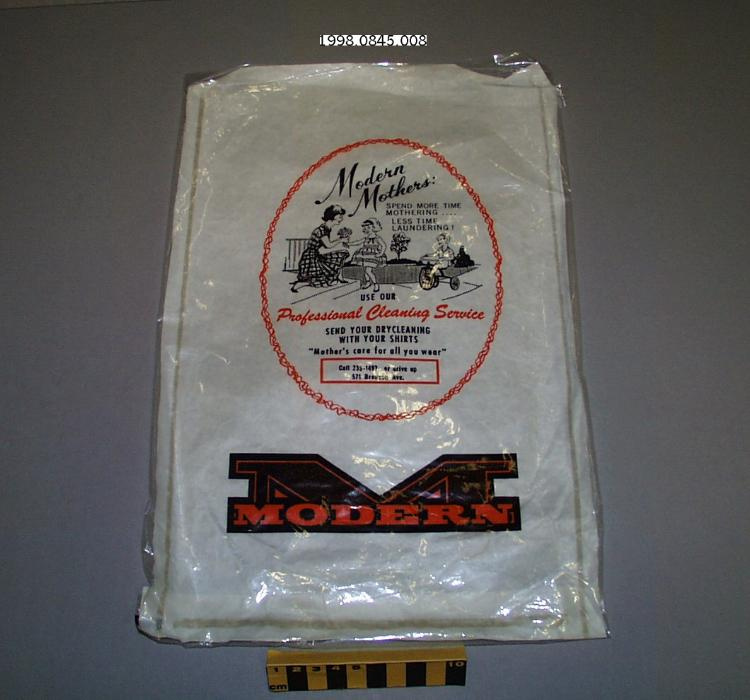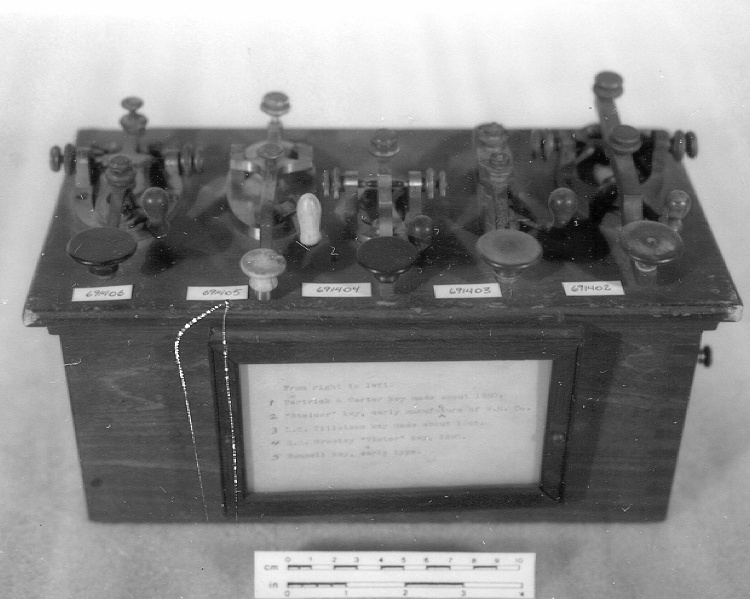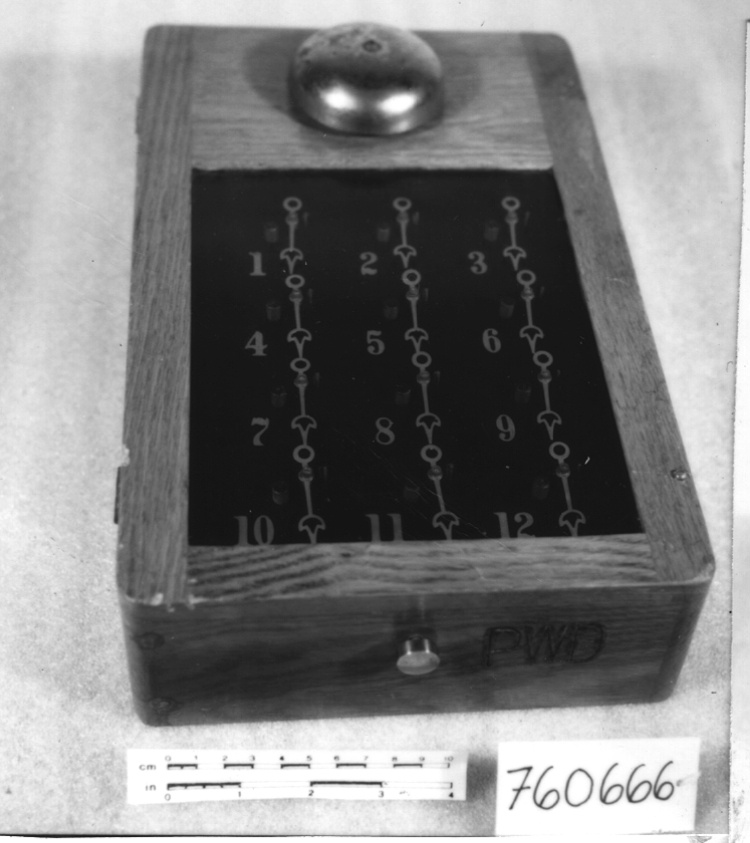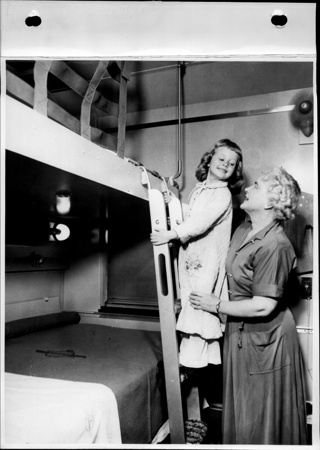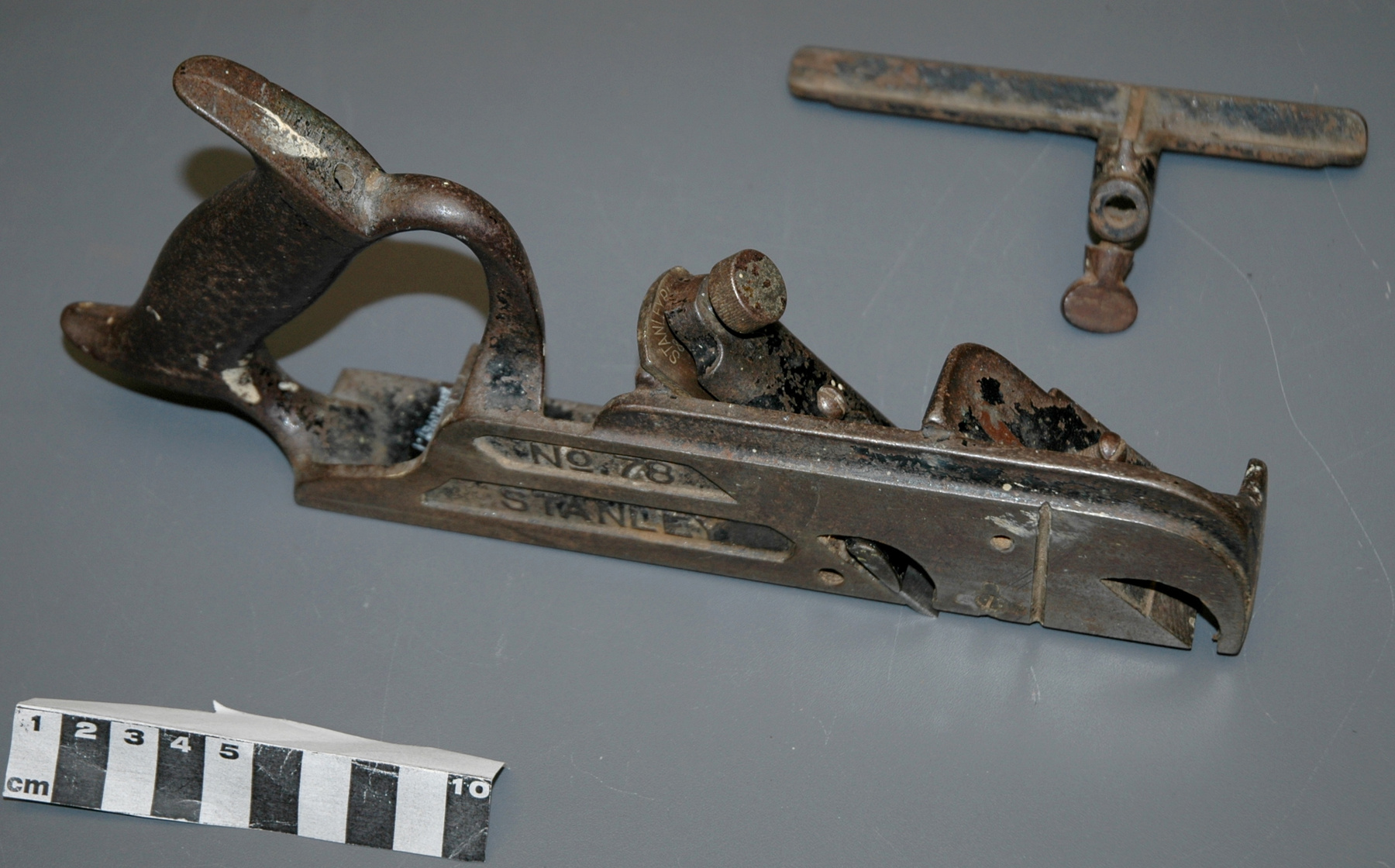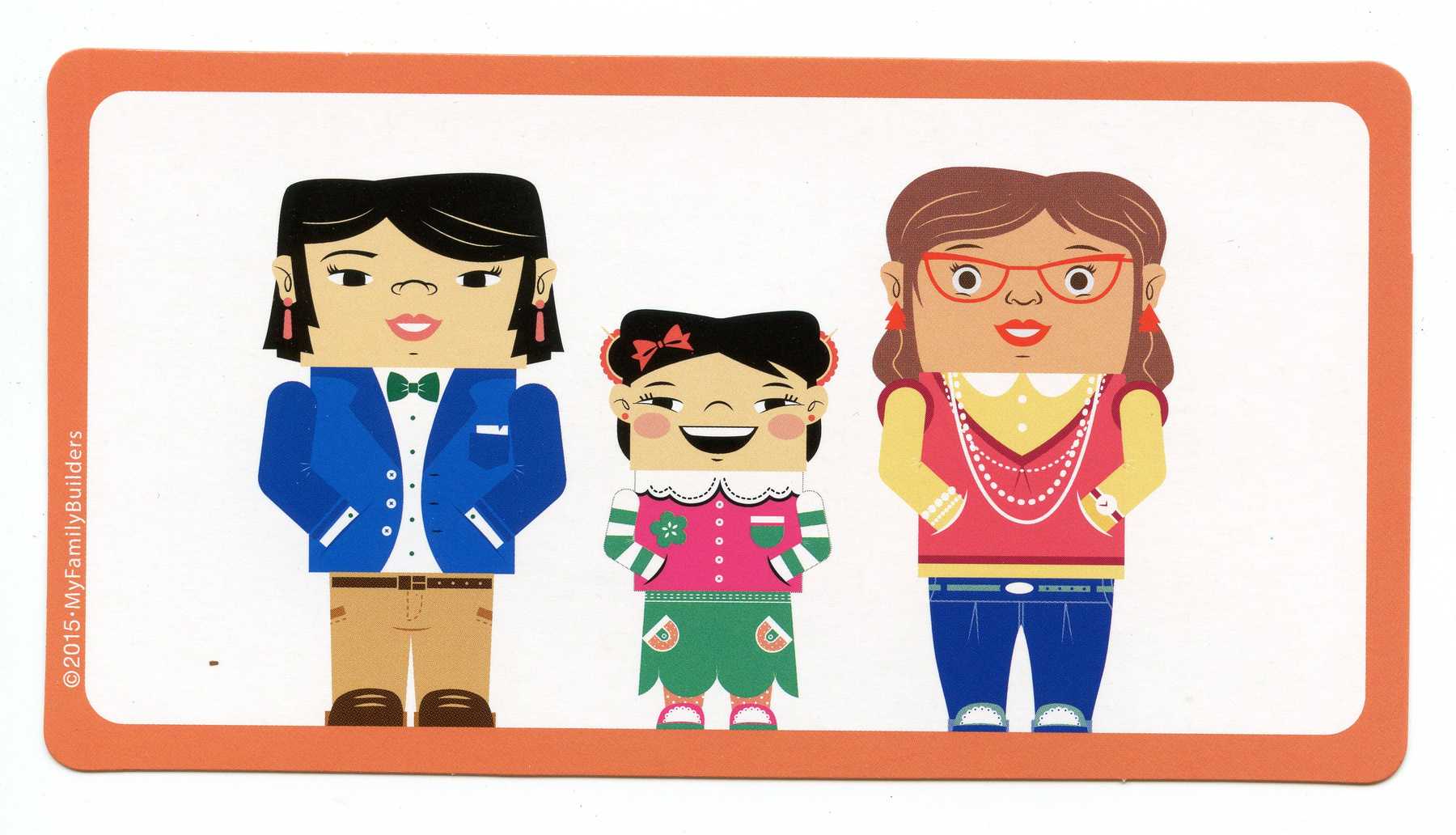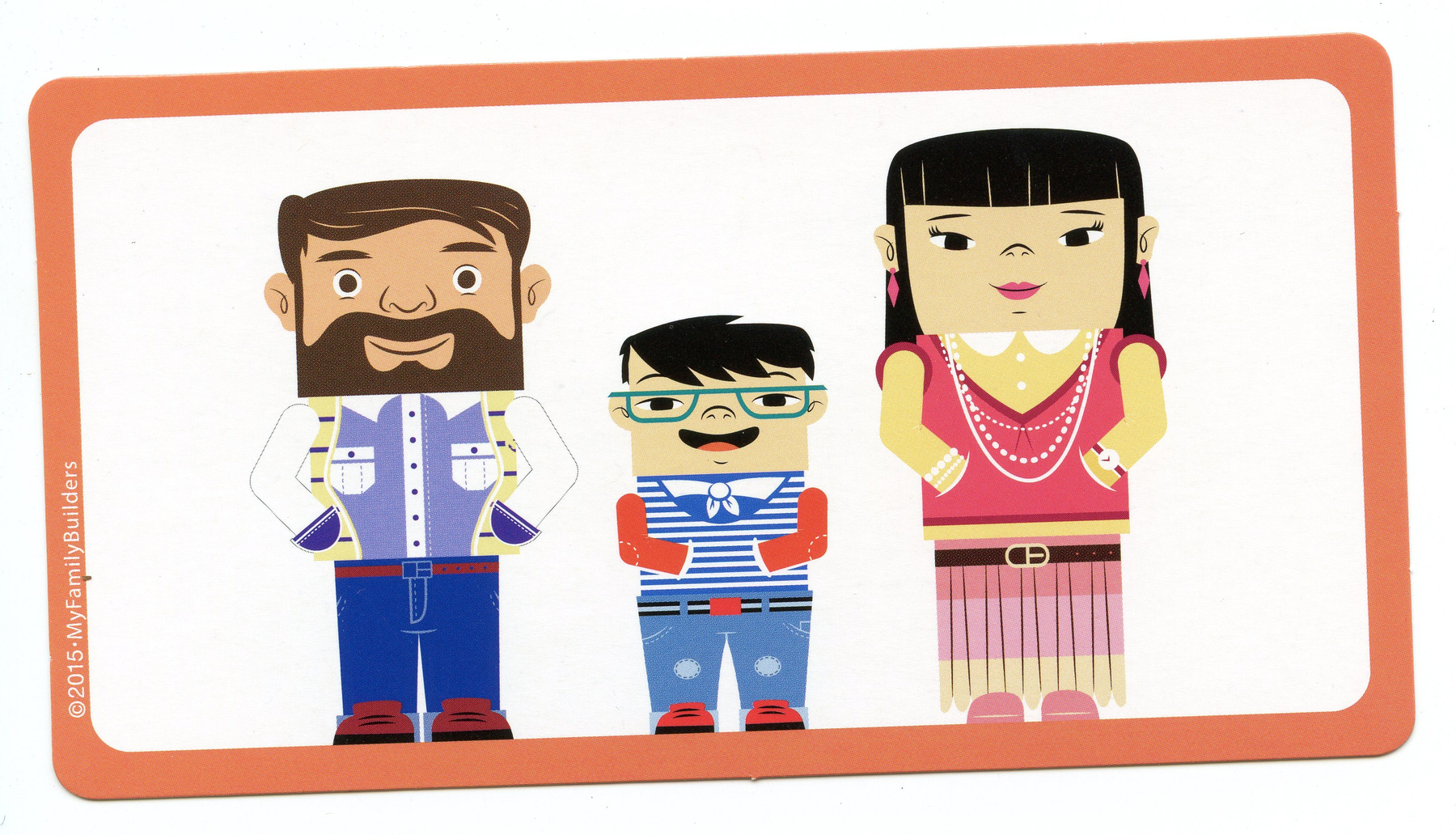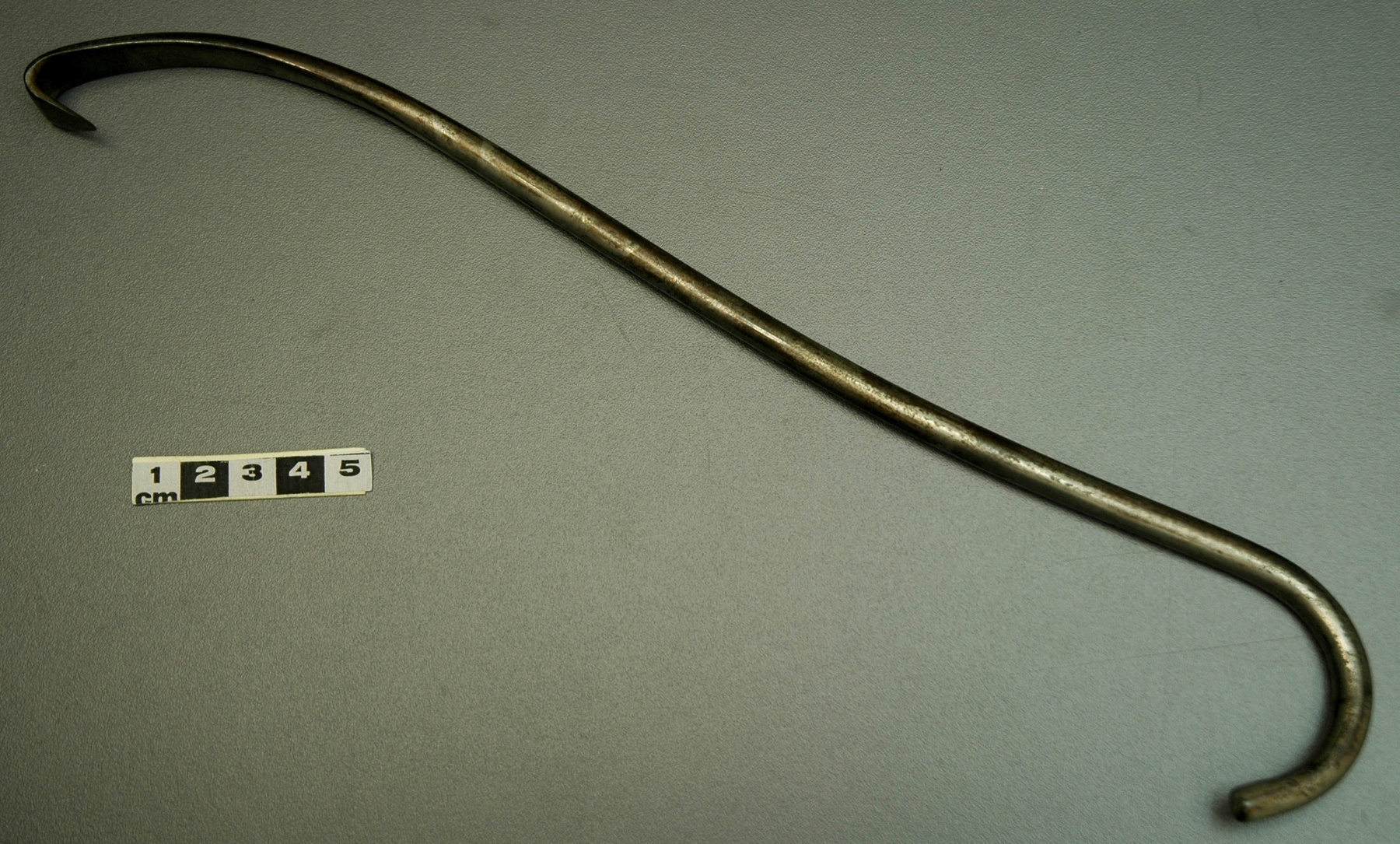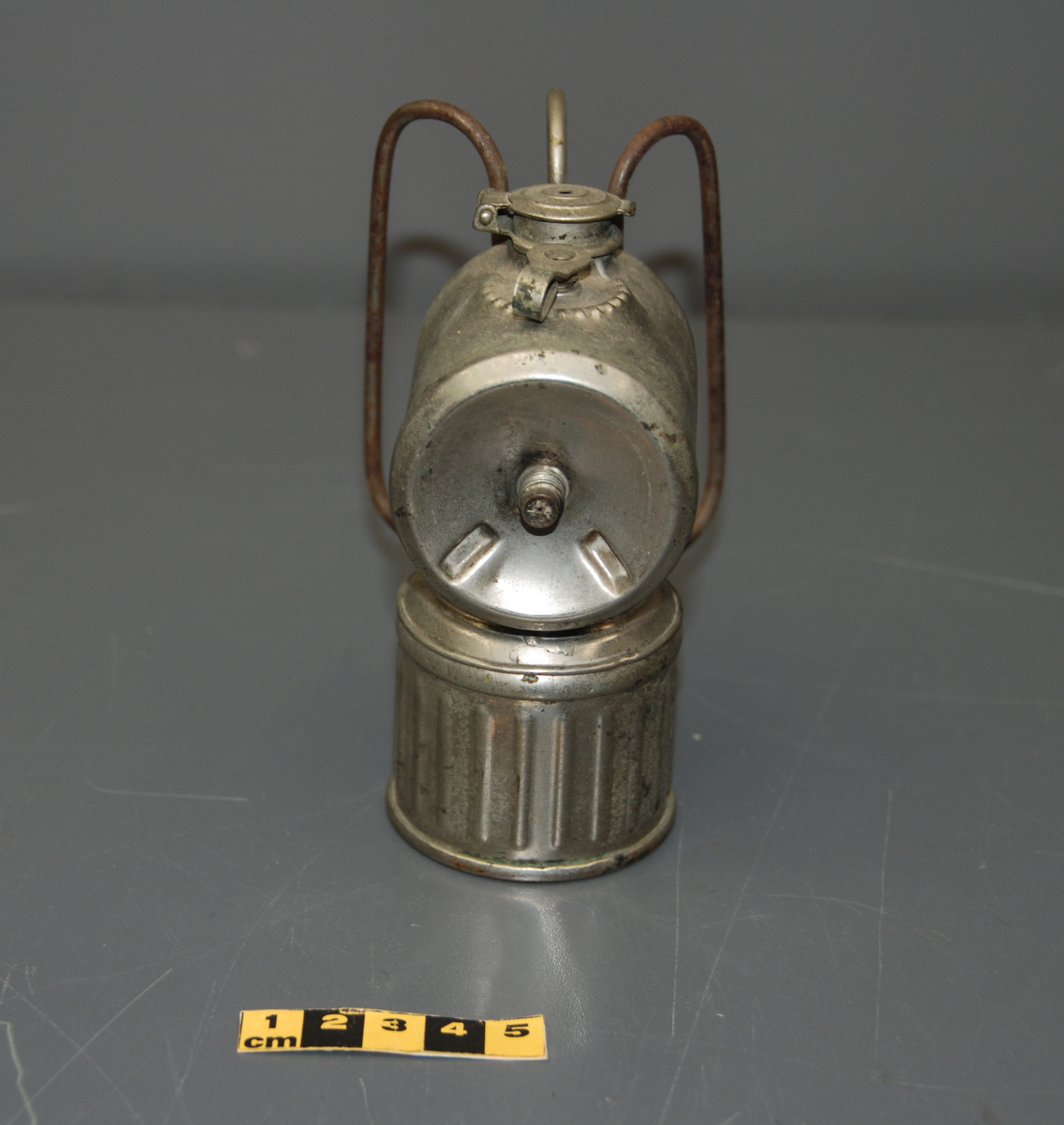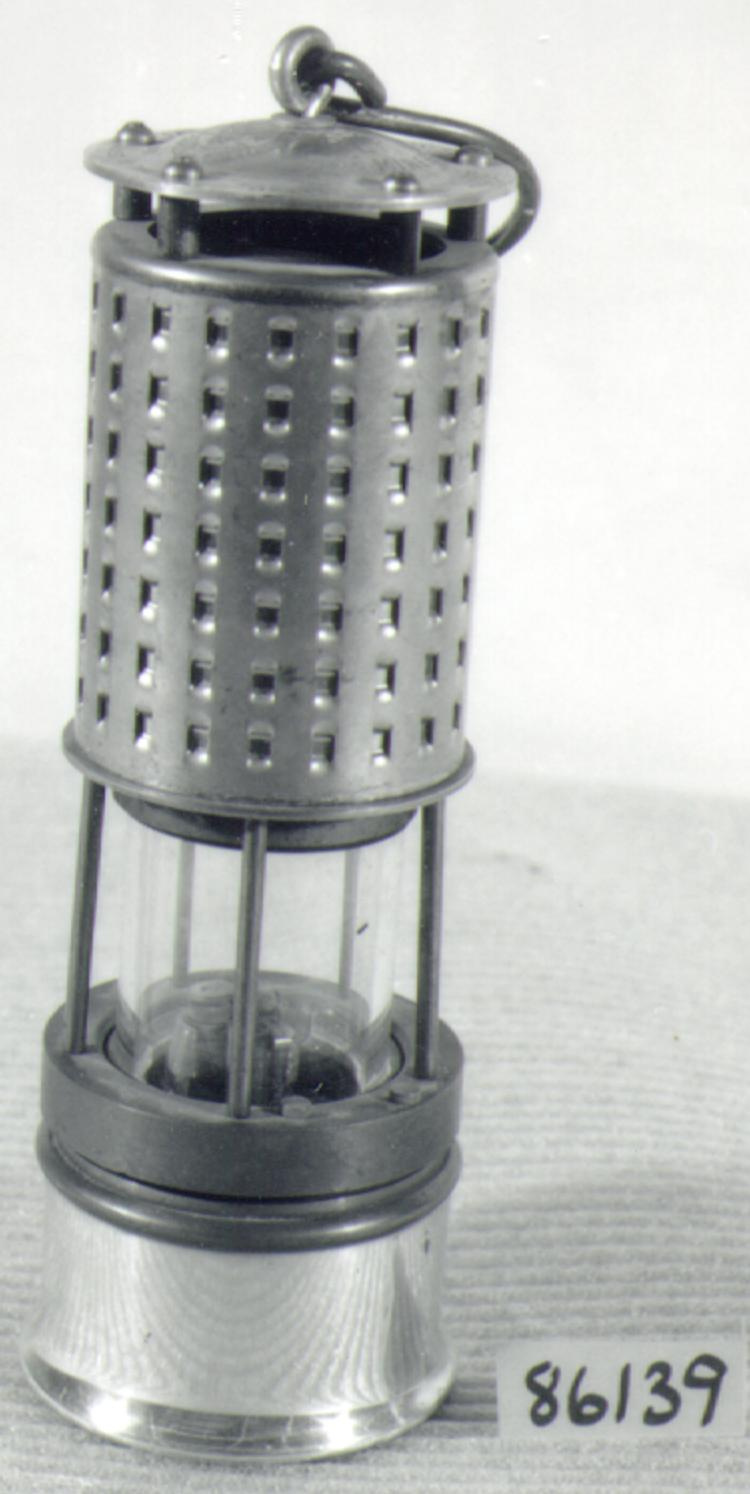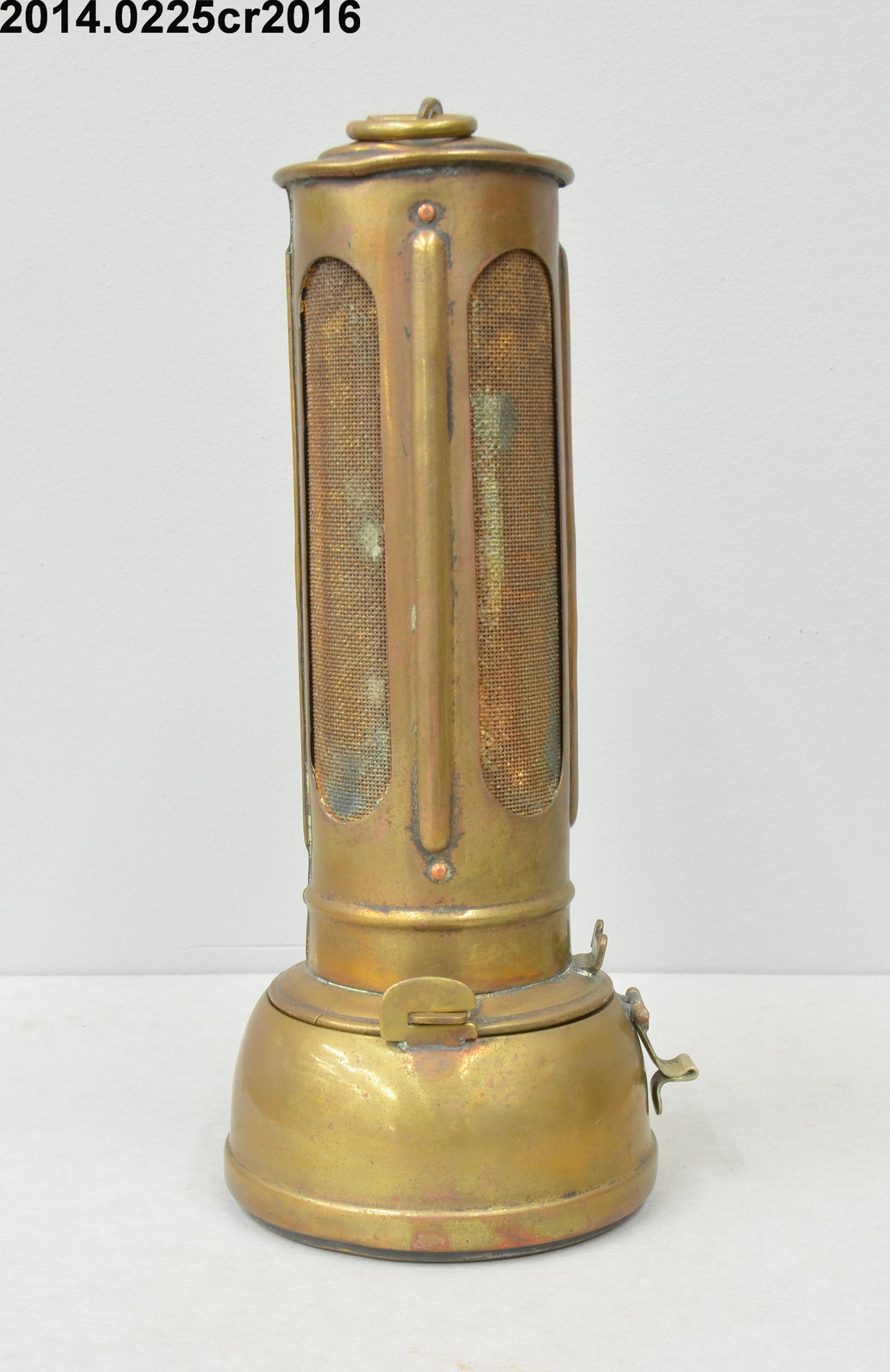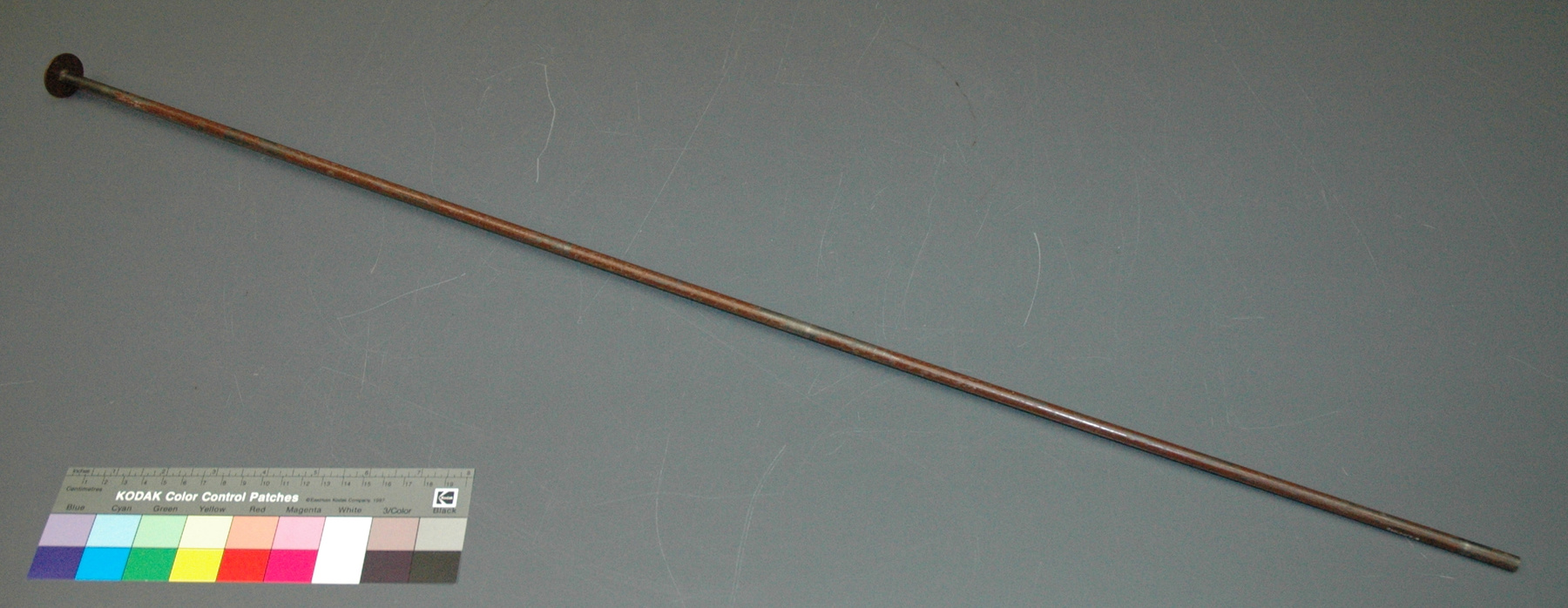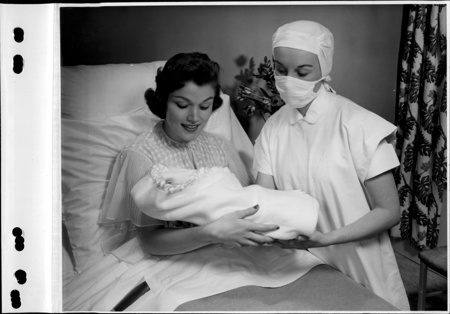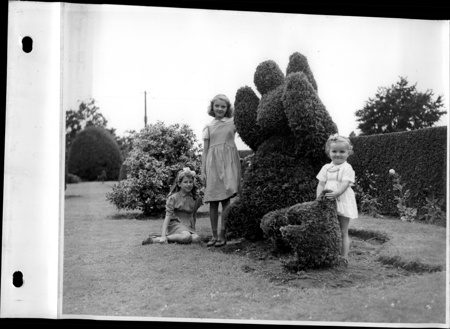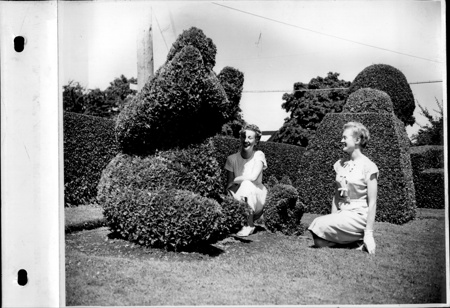Frame part, bed
Use this image
Can I reuse this image without permission? Yes
Object images on the Ingenium Collection’s portal have the following Creative Commons license:
Copyright Ingenium / CC BY-NC-ND (Attribution-NonCommercial 4.0 International (CC BY-NC 4.0)
ATTRIBUTE THIS IMAGE
Ingenium,
2011.0017.007
Permalink:
Ingenium is releasing this image under the Creative Commons licensing framework, and encourages downloading and reuse for non-commercial purposes. Please acknowledge Ingenium and cite the artifact number.
DOWNLOAD IMAGEPURCHASE THIS IMAGE
This image is free for non-commercial use.
For commercial use, please consult our Reproduction Fees and contact us to purchase the image.
- OBJECT TYPE
- child's/convertible
- DATE
- 1915
- ARTIFACT NUMBER
- 2011.0017.007
- MANUFACTURER
- Unknown
- MODEL
- Unknown
- LOCATION
- Canada
More Information
General Information
- Serial #
- N/A
- Part Number
- 7
- Total Parts
- 19
- AKA
- locking rod
- Patents
- N/A
- General Description
- All metal rod painted brown.
Dimensions
Note: These reflect the general size for storage and are not necessarily representative of the object's true dimensions.
- Length
- 84.5 cm
- Width
- N/A
- Height
- N/A
- Thickness
- N/A
- Weight
- N/A
- Diameter
- 3.0 cm
- Volume
- N/A
Lexicon
- Group
- Domestic Technology
- Category
- Child care
- Sub-Category
- N/A
Manufacturer
- AKA
- Unknown
- Country
- Canada
- State/Province
- Unknown
- City
- Unknown
Context
- Country
- Canada
- State/Province
- Ontario
- Period
- This crib was used 1915- 2009.
- Canada
-
The crib was originally purchased in Ottawa in 1915 for Mr. Patrick Curley, born November 14, 1915 and used in his parents’ home at 43 Coburg St., Ottawa. Mr. Curley and his wife (Mary Curley, Donor) used the crib for their four children, starting with a daughter, Patricia Curley, born in 1946. The bed moved with the family from Ottawa to Trenton, Ontario, and back to Uplands AFB. It was at Patrick Curley's parents’ home when the family was posted to Summerside, PEI in 1953, where their second daughter was born. Returning to Ottawa, the Curley's moved the crib back into their home at Rockcliffe AFB and used it as a bed for their son. The crib, converted to a bed, was moved to the family’s new home at 1418 Lexington St., Ottawa. Patricia Curley then used the crib (at 1418 Lexington St.) when her family visited Mary Curley in Ottawa. Most recently, in 2009, the crib was used by Vivian Sparks, the donor’s great-granddaughter while visiting in Ottawa. Similar cribs can be found in Eaton’s catalogue for 1915-1916. They were sold for between $5.00 to 8.00. An adult bed, same in style, sold for $4.30. [Ref.1] - Function
-
To secure bed frame parts together. - Technical
-
Baby cribs are good examples of domestic technologies that follow changes in domestic architecture and home economics. Baby cribs were developed in the 18th century and were used in wealthy families in addition to cradles. In the 19th century baby cribs began to be used more widely, but were generally still associated with well to do families that could afford a separate room for a baby. They were especially common among families that employed nannies. In the 1890s and the early 1900s, the child care was considered an important part of the scientific approach to home economics (“educated mother”). Various theories were developed to improve the efficiency of child rearing. For example, in the Women and Economics and The Home Charlotte Perkins Gilman advocated industrialized child care, while in Canada Child Welfare Division prescribed correct methods of motherhood and blamed mothers, who did not follow this advice for endangering the survival and health of their children. The child’s safety was used as the main argument by proponents of various theories. The “safety” and “educational qualities” are still two concepts used most often to promote baby products. Moreover, the regulations and advice regarding cribs are constantly being changed and updated. This shift from child safety being a responsibility of the mother, to it being regulated and being a responsibility of a manufacturer can be traced back to the late 19th c. and early 20th c. home economic theories. The crib offered to the Museum was made in 1915, the year Helen MacMurchy, became Ontario’s Inspector of the Feeble-Minded and started a successful campaign to use forced sterilization to prevent mothers from "filling the cradles with degenerate babies." The basic design of the crib did not change much in the first decades of the 20th century. Similar, metal cribs were sold in 1900, and were called iron cots. By the 1915, the type of crib offered to the Museum began to be promoted as a “safety crib” rather than a cot, reinforcing the artifact association with the scientific household management. The crib was described as durable with extra heavy pillars and strong springs. It safety then laid in the fact that it could withstand extensive use. The crib certainly proved durable and served the family for over 90 years. The bed had movable sides and converted to a small bed for a toddler. The crib is ornamented with flowers. It was originally white or light cream colour, but has been repainted to match brown tones used at 1418 Lexington St. house. [Ref.1] - Area Notes
-
Unknown
Details
- Markings
- None evident.
- Missing
- None.
- Finish
- All metal rod painted brown.
- Decoration
- N/A
CITE THIS OBJECT
If you choose to share our information about this collection object, please cite:
Unknown Manufacturer, Frame part, bed, 1915, Artifact no. 2011.0017, Ingenium – Canada’s Museums of Science and Innovation, http://collection.ingeniumcanada.org/en/id/2011.0017.007/
FEEDBACK
Submit a question or comment about this artifact.
More Like This
